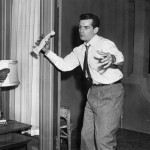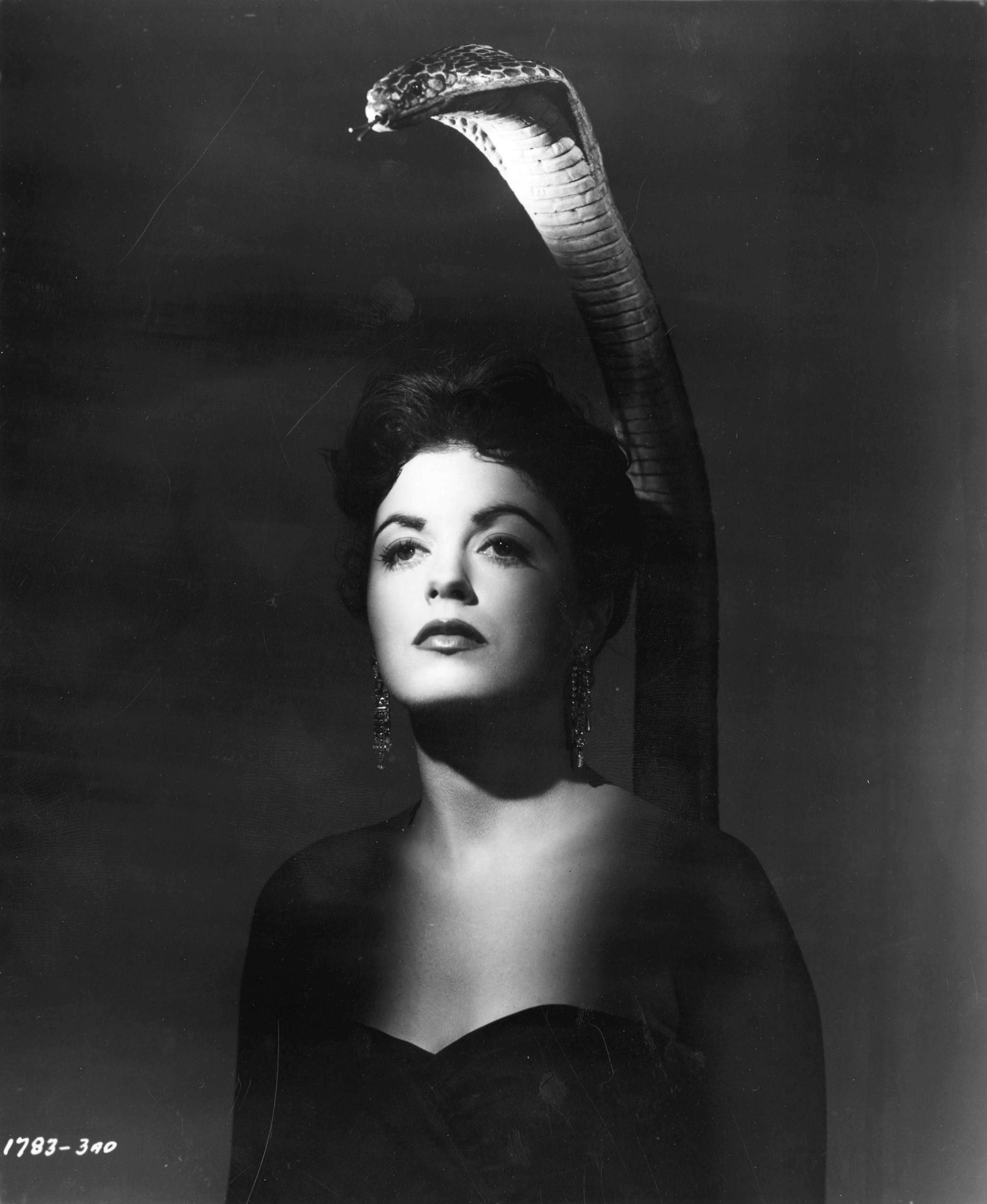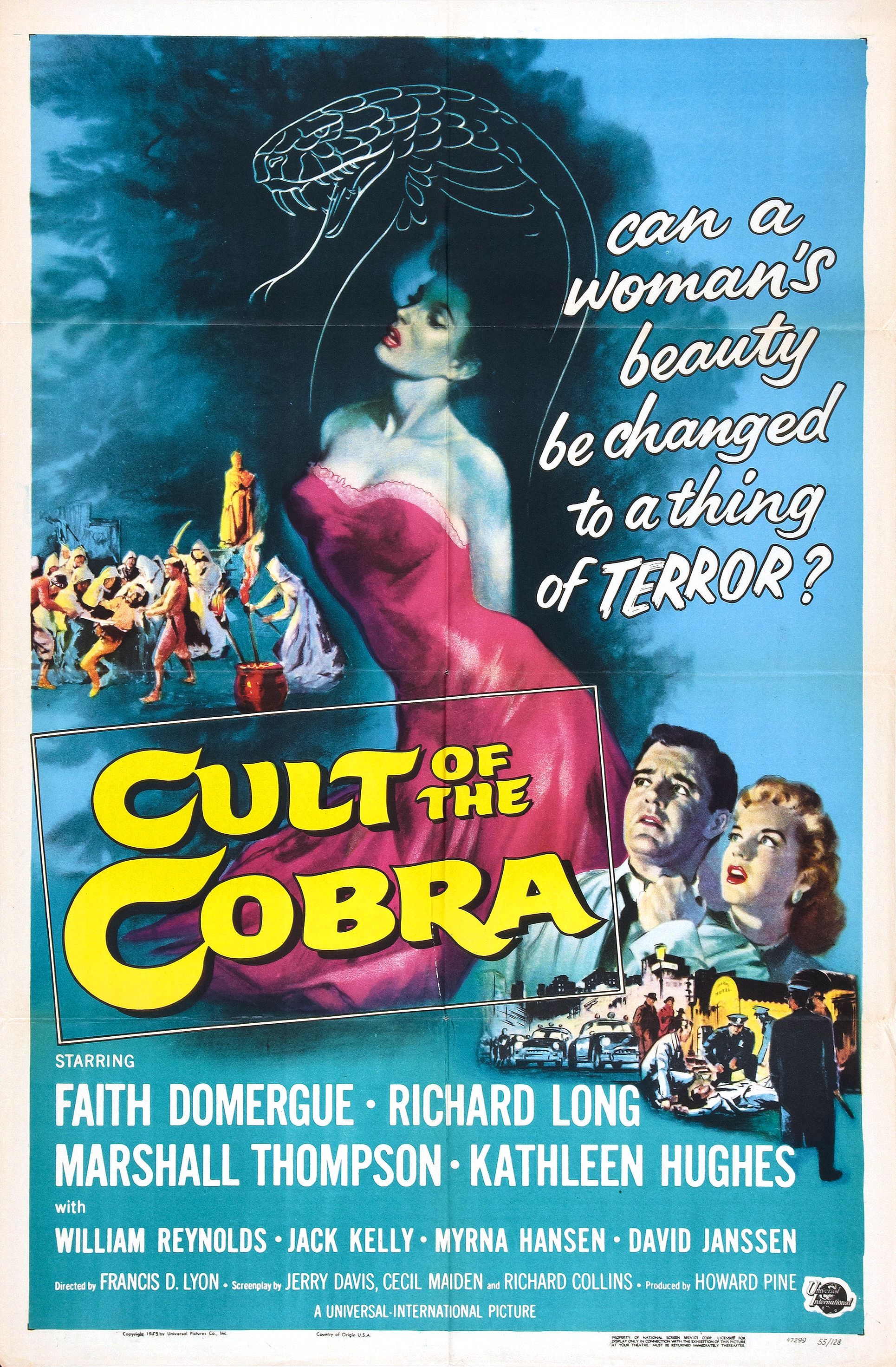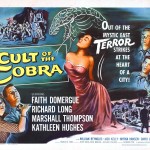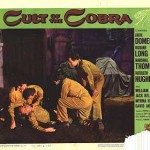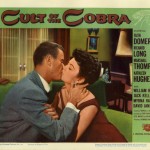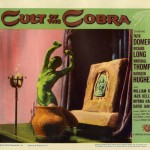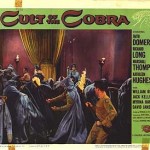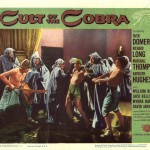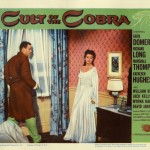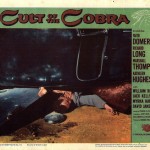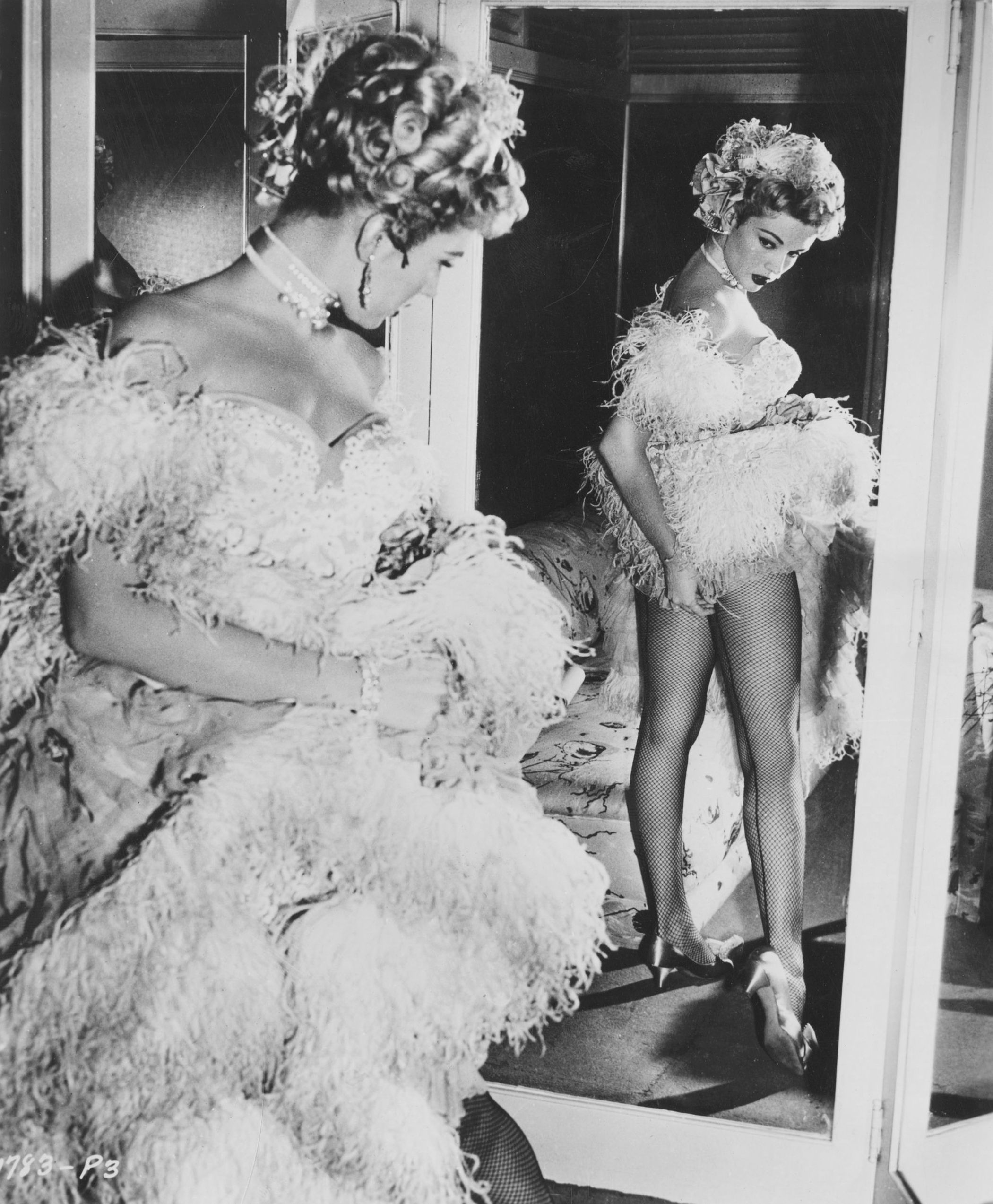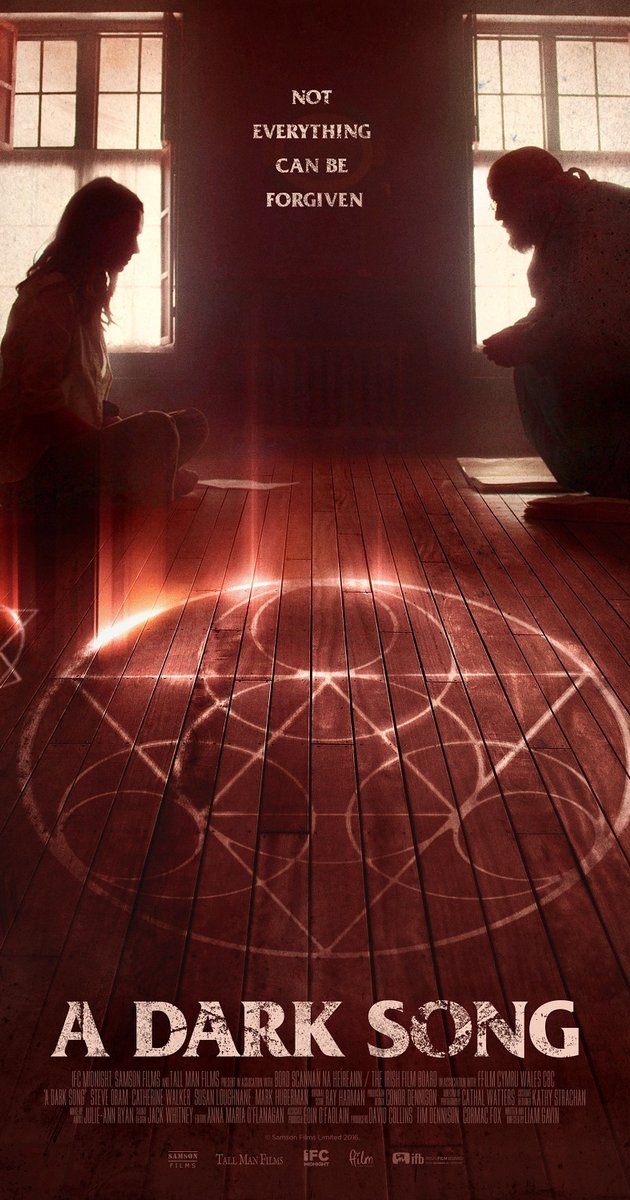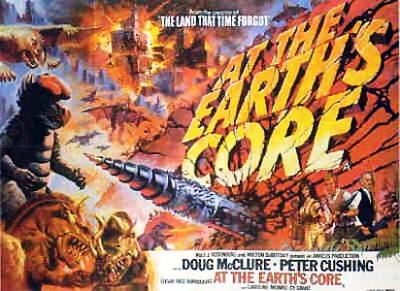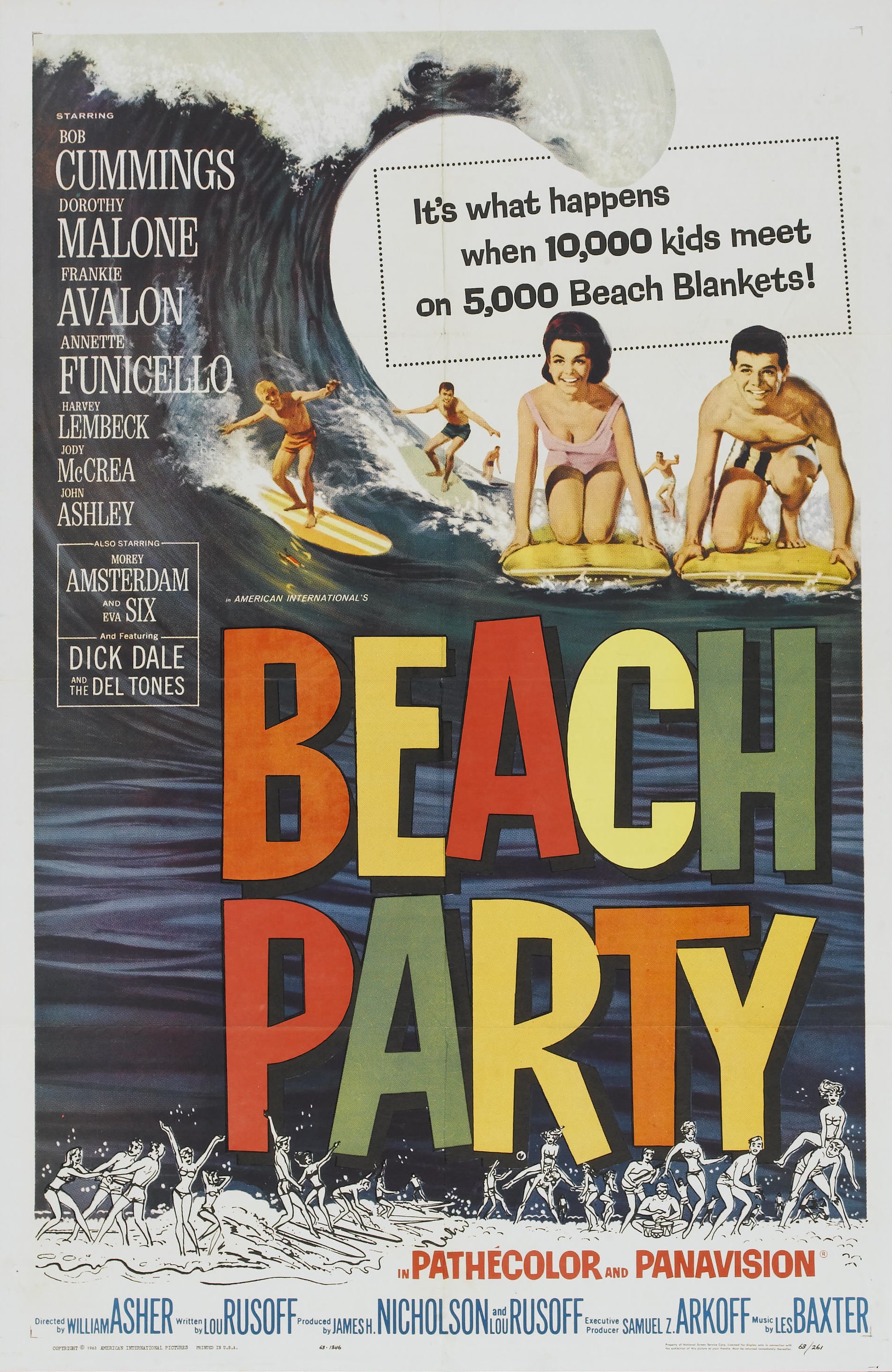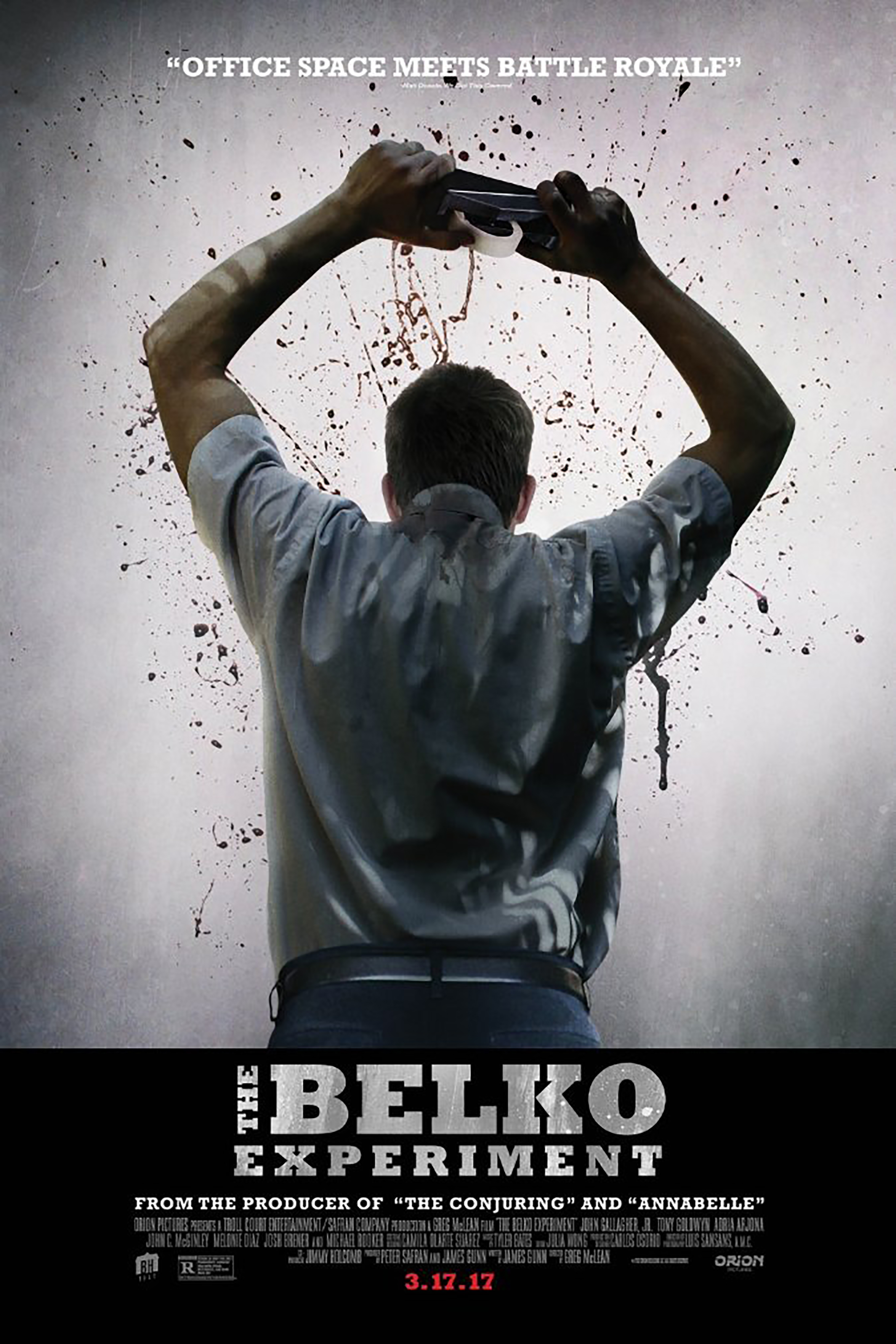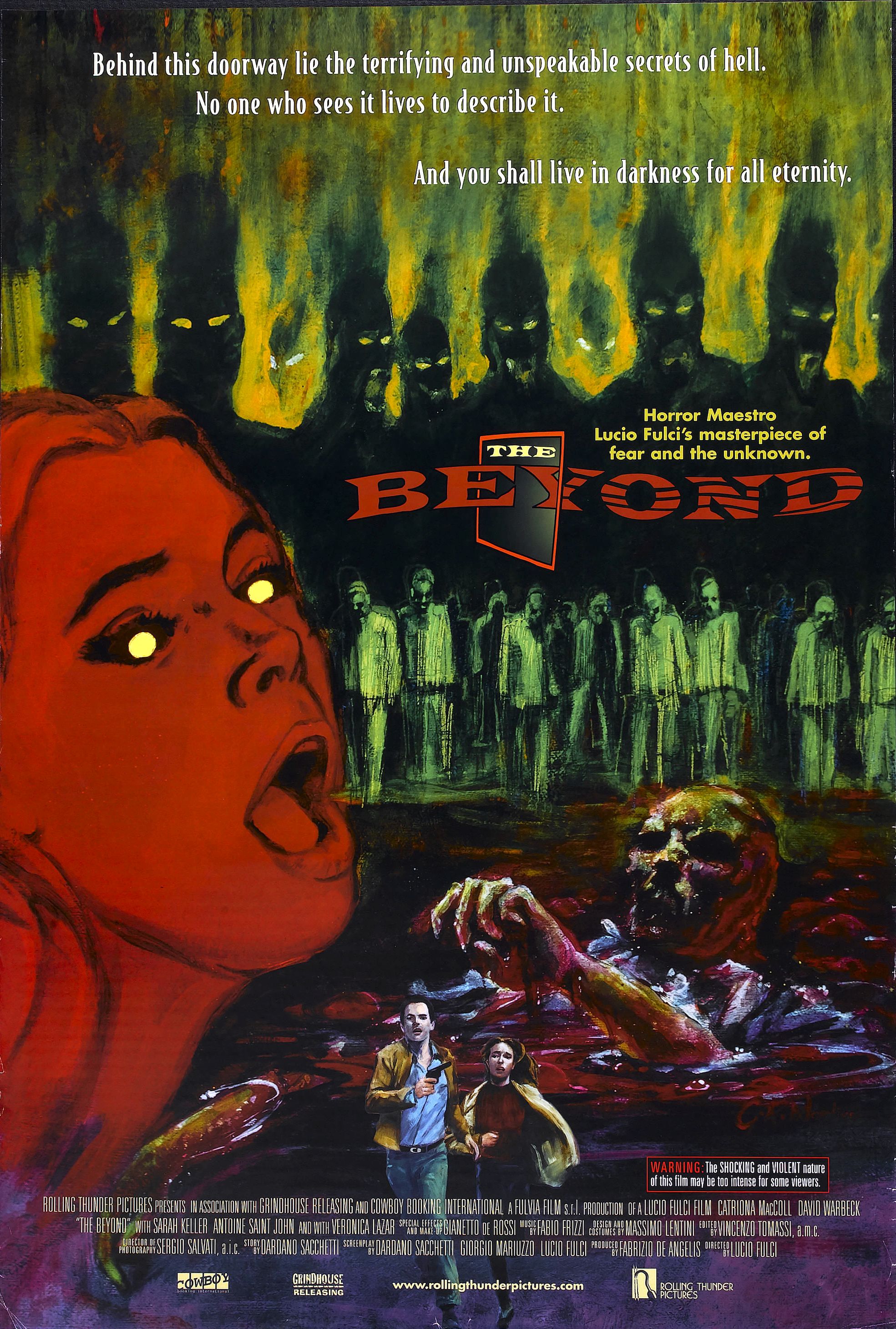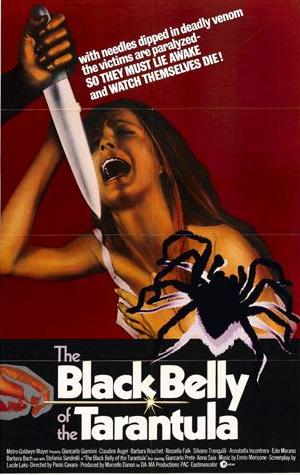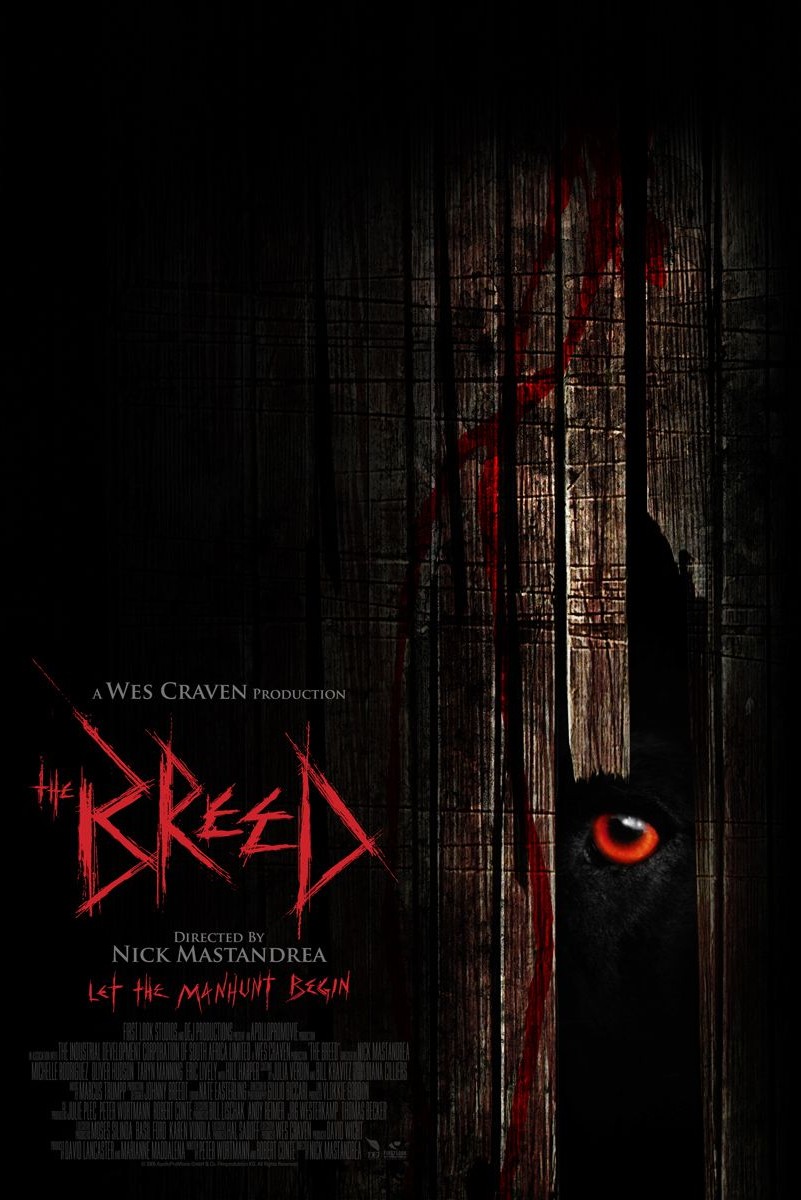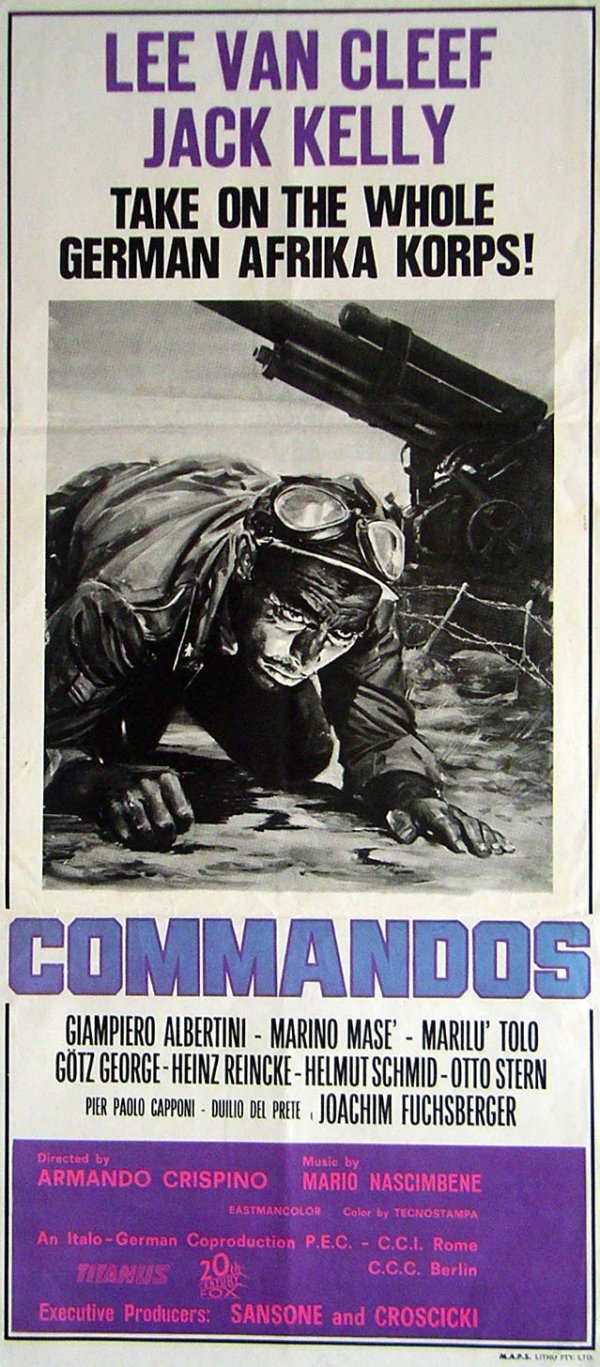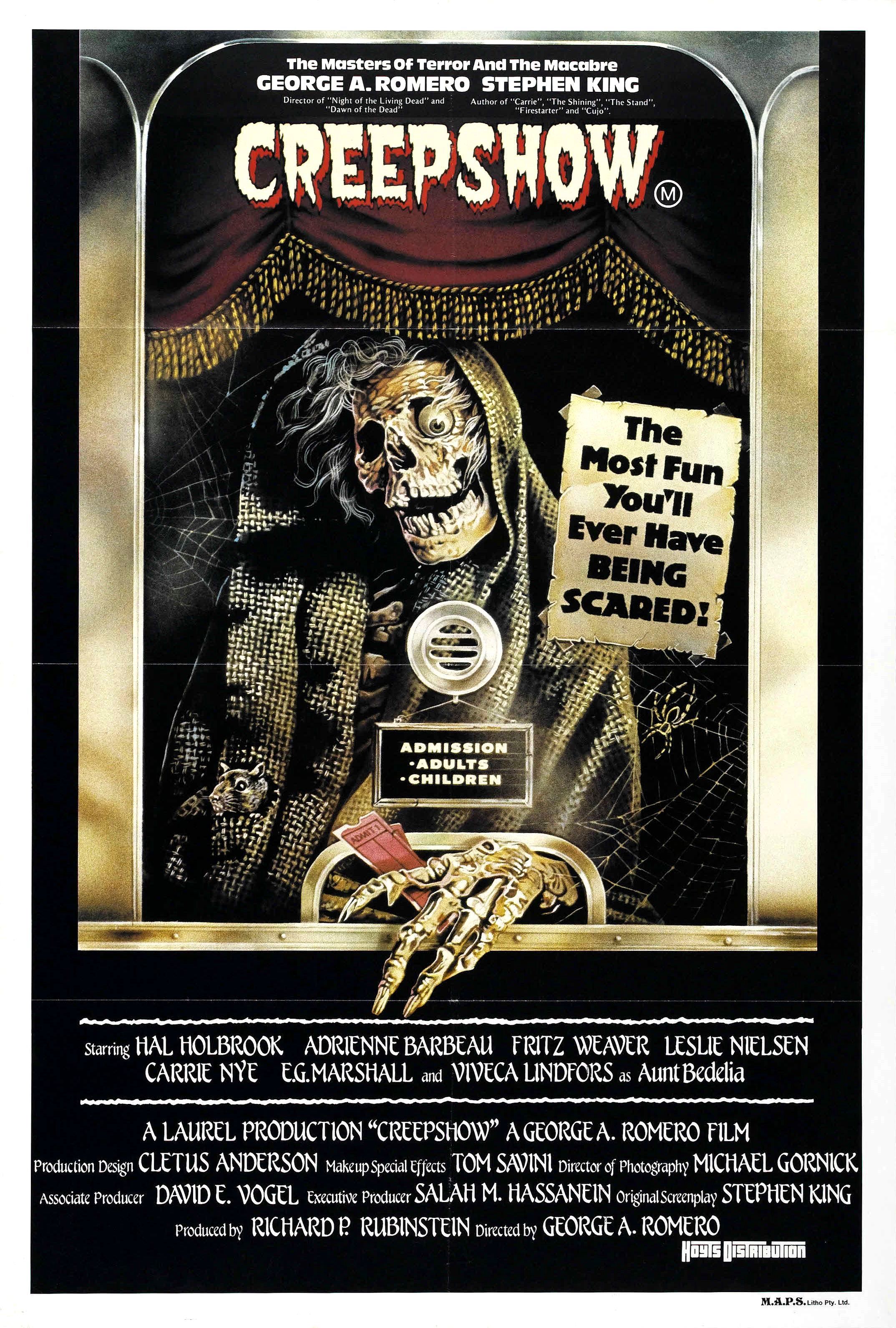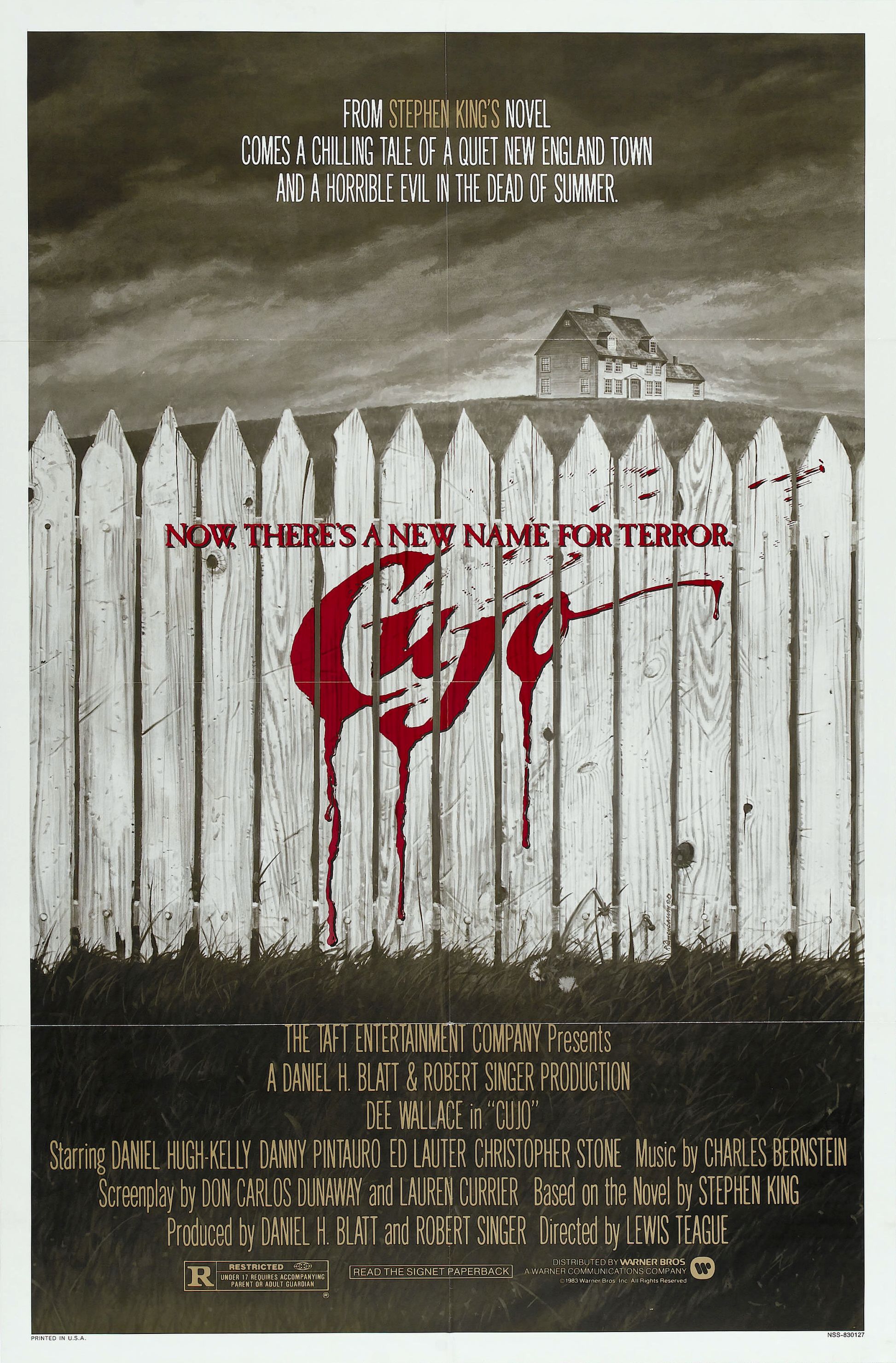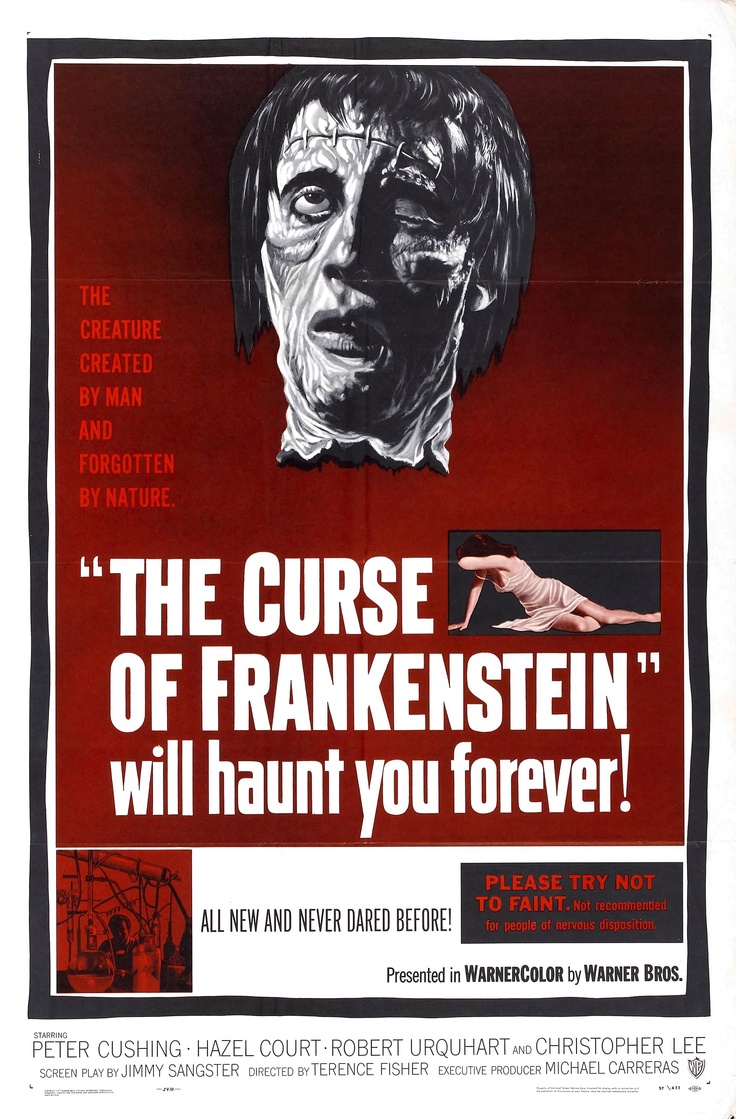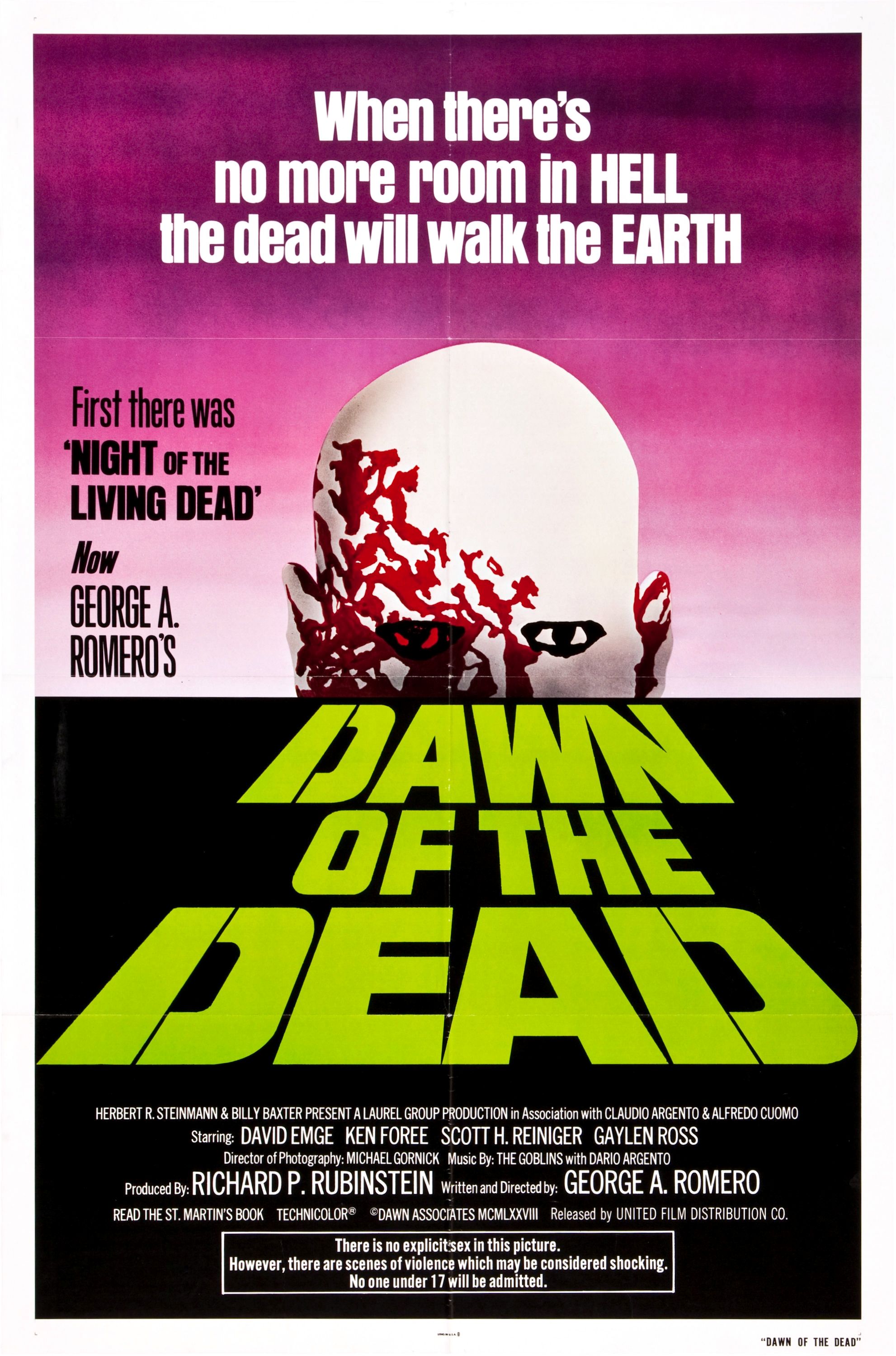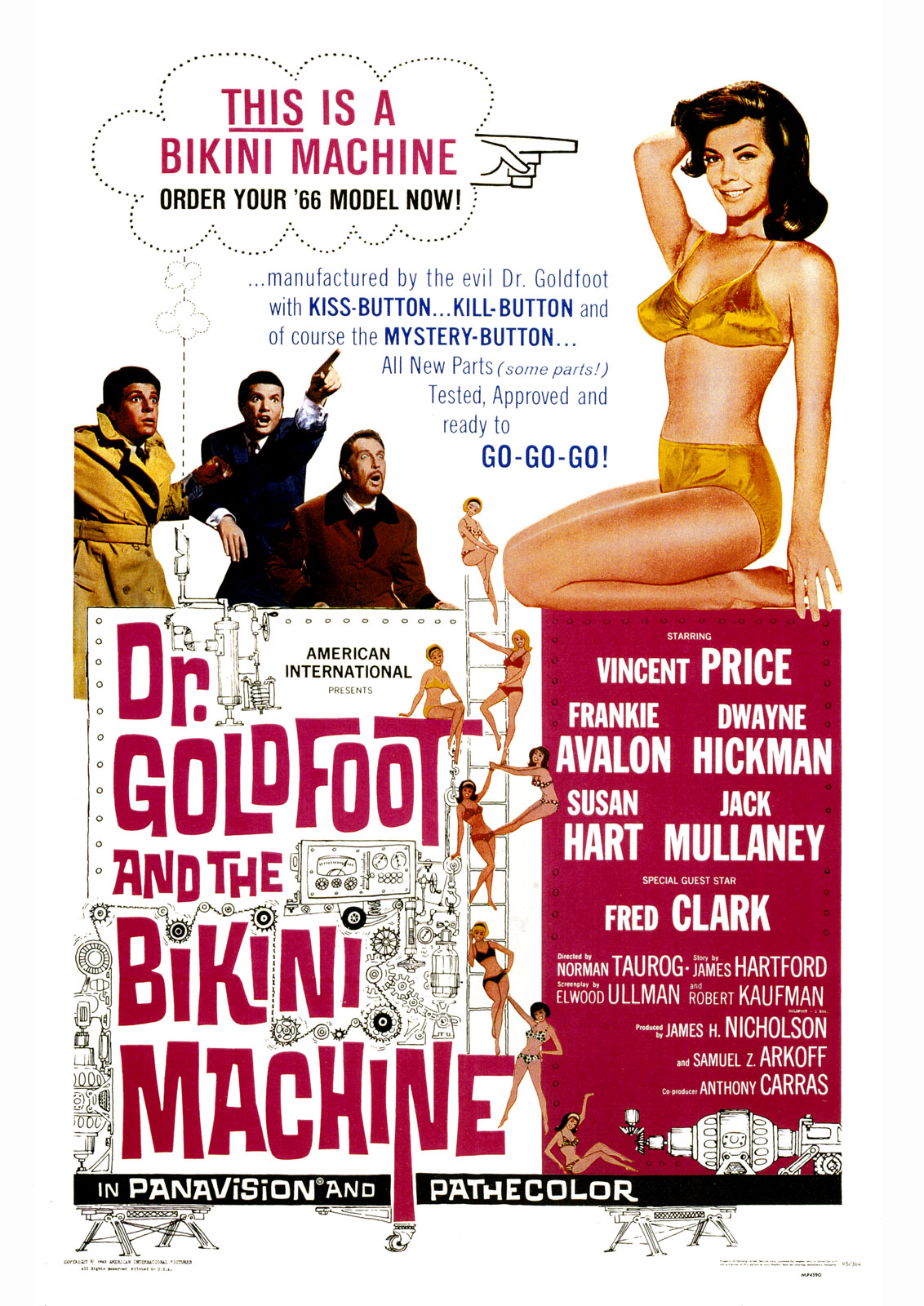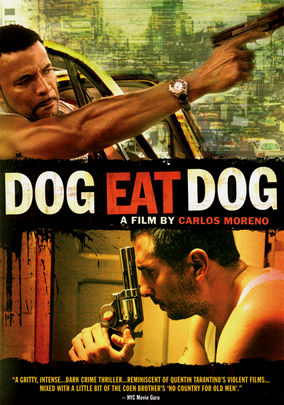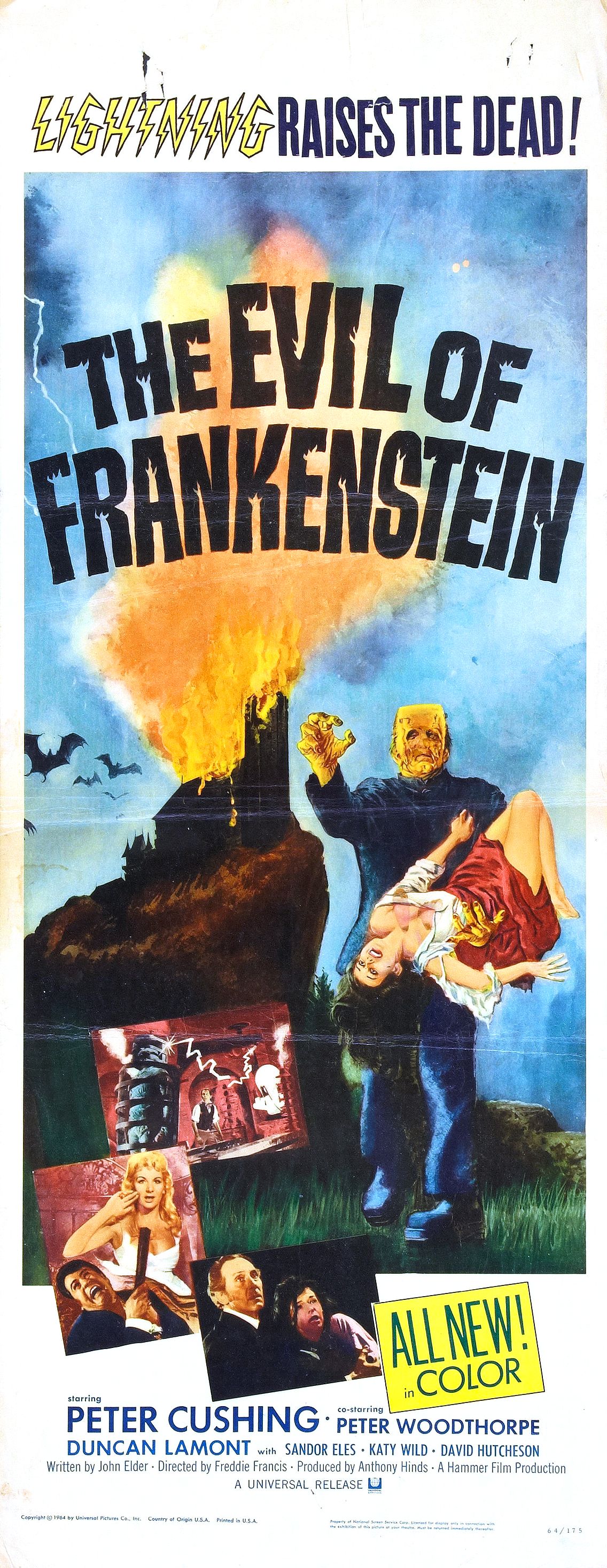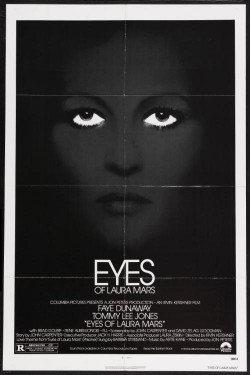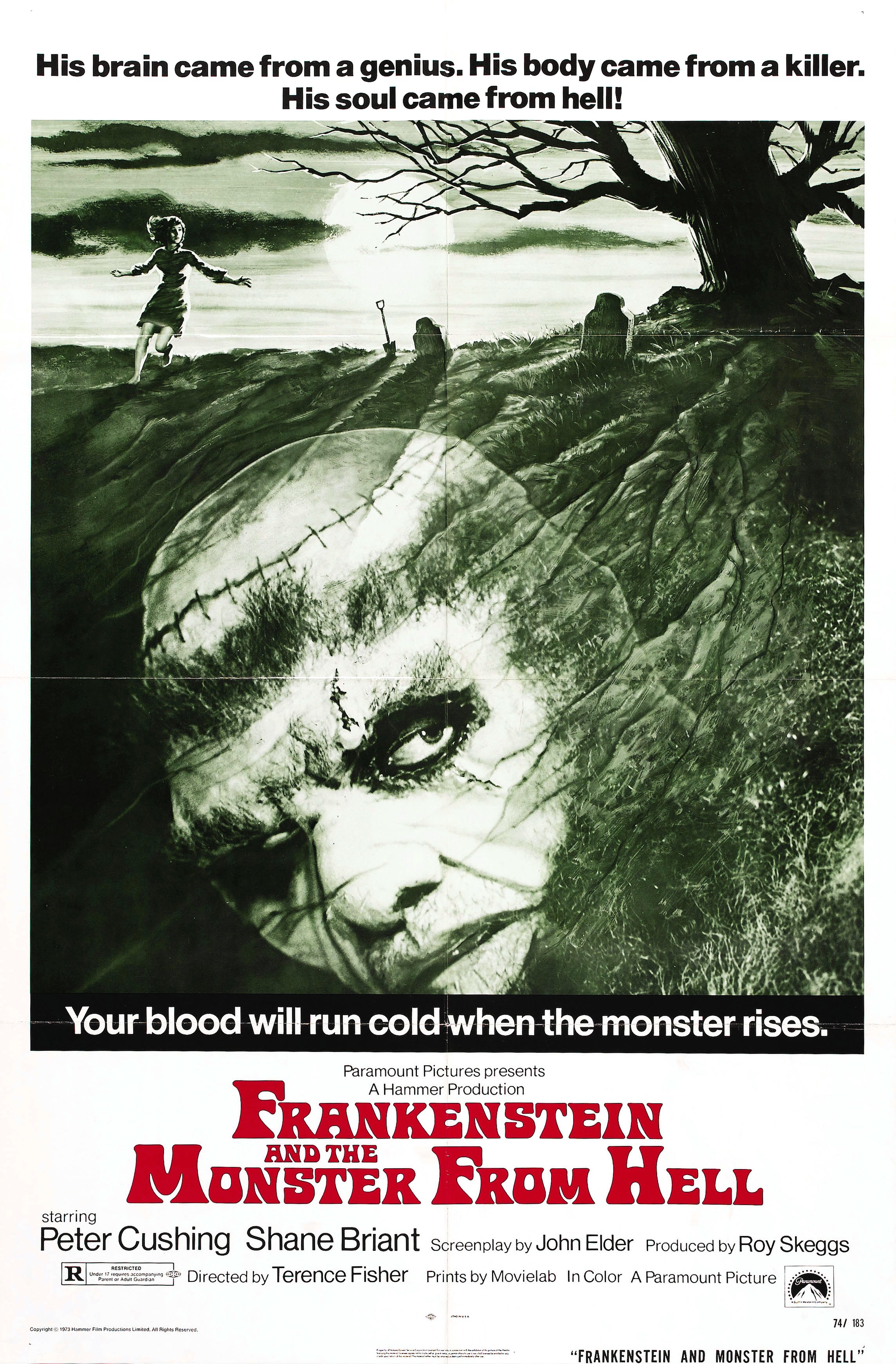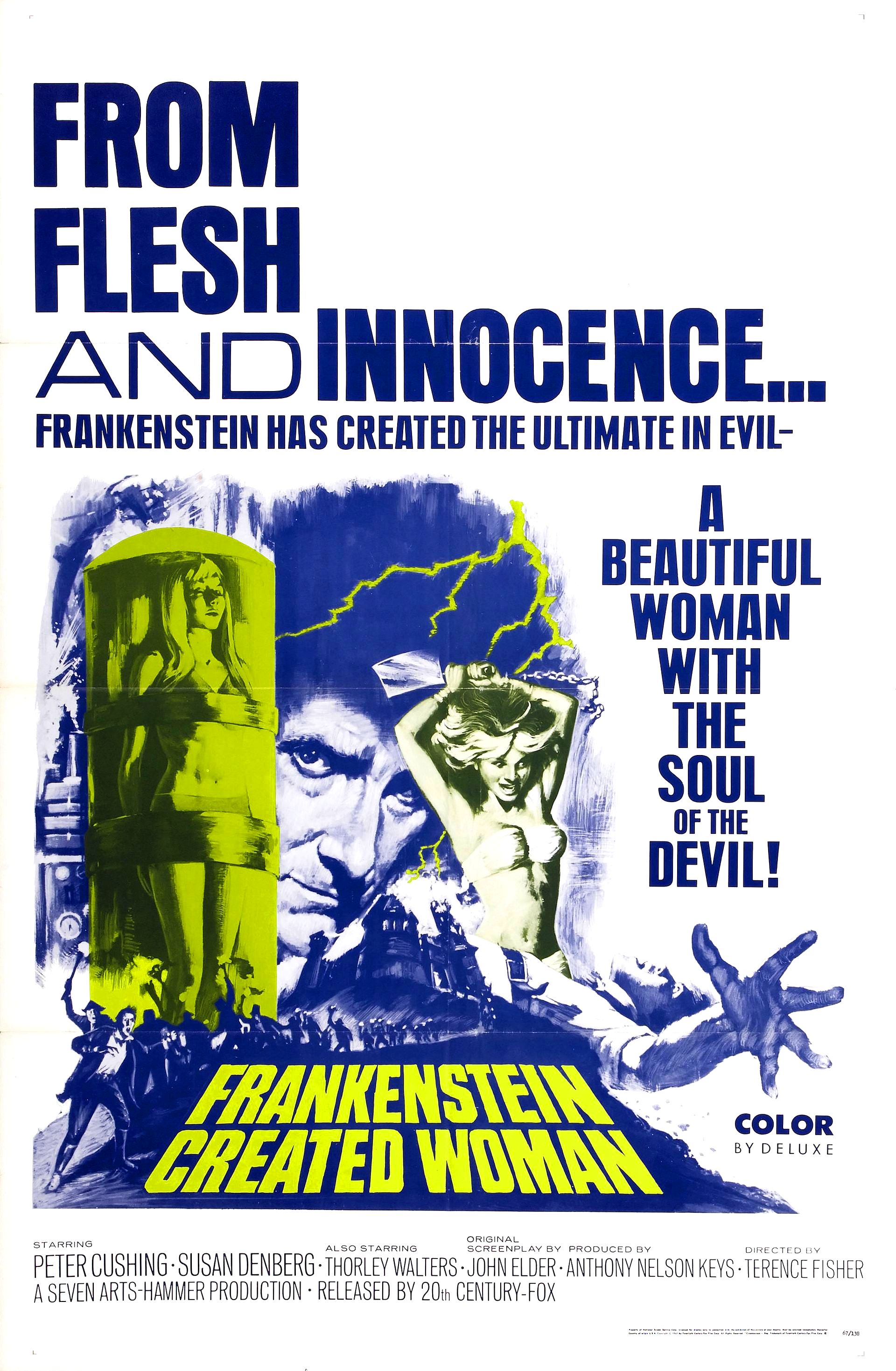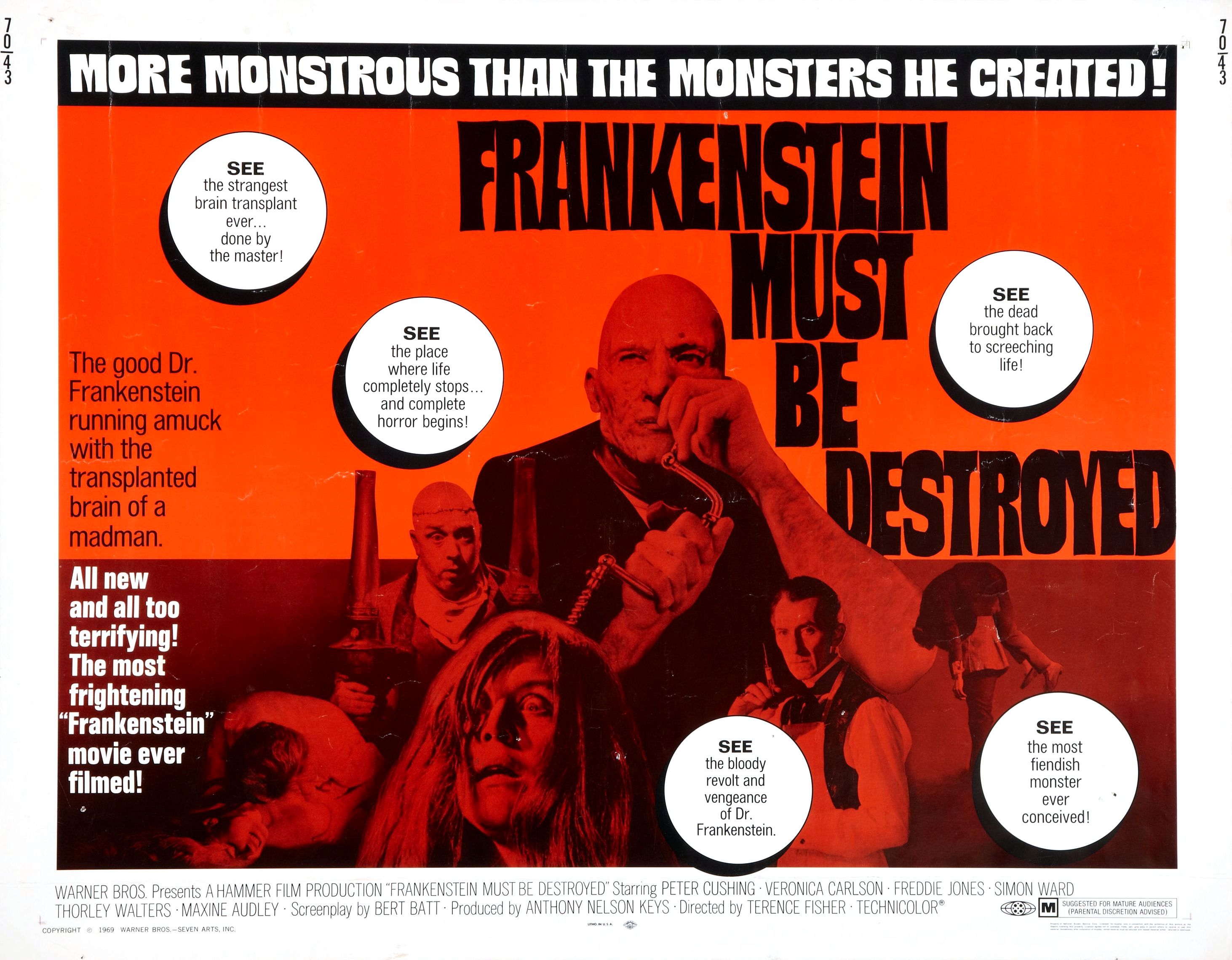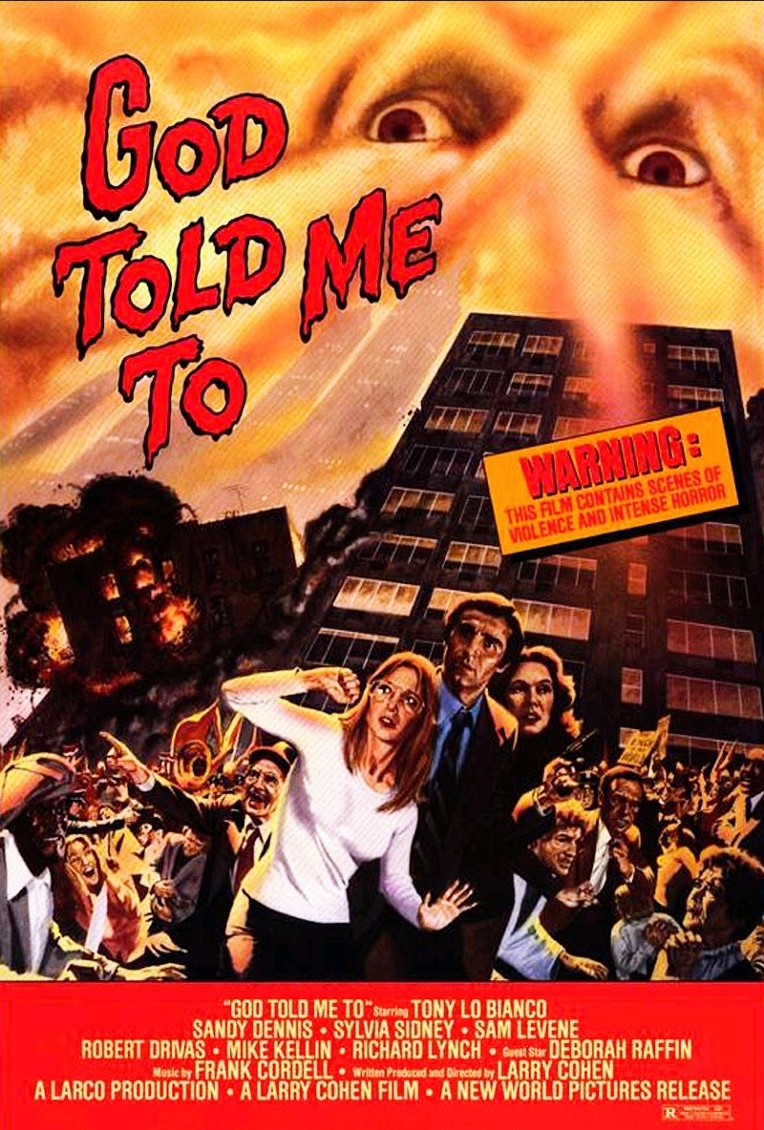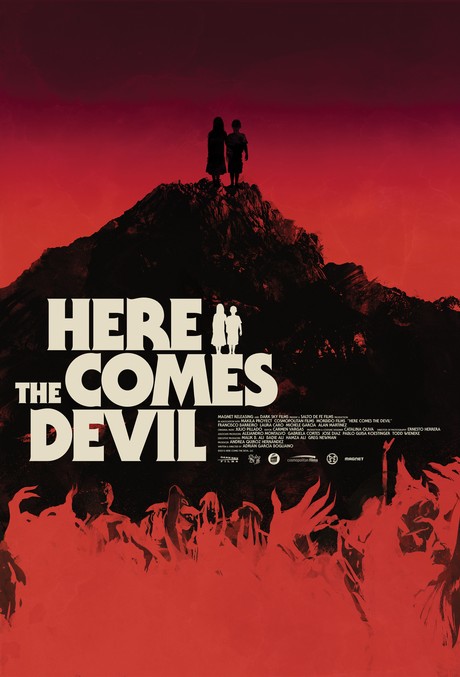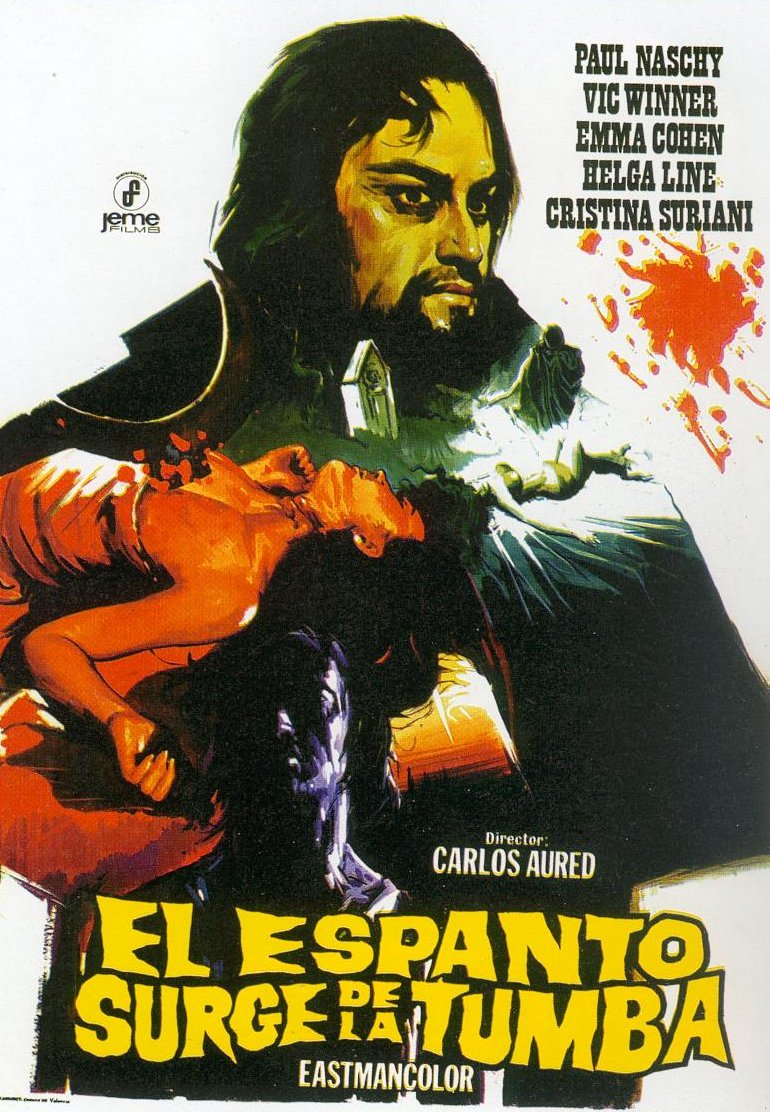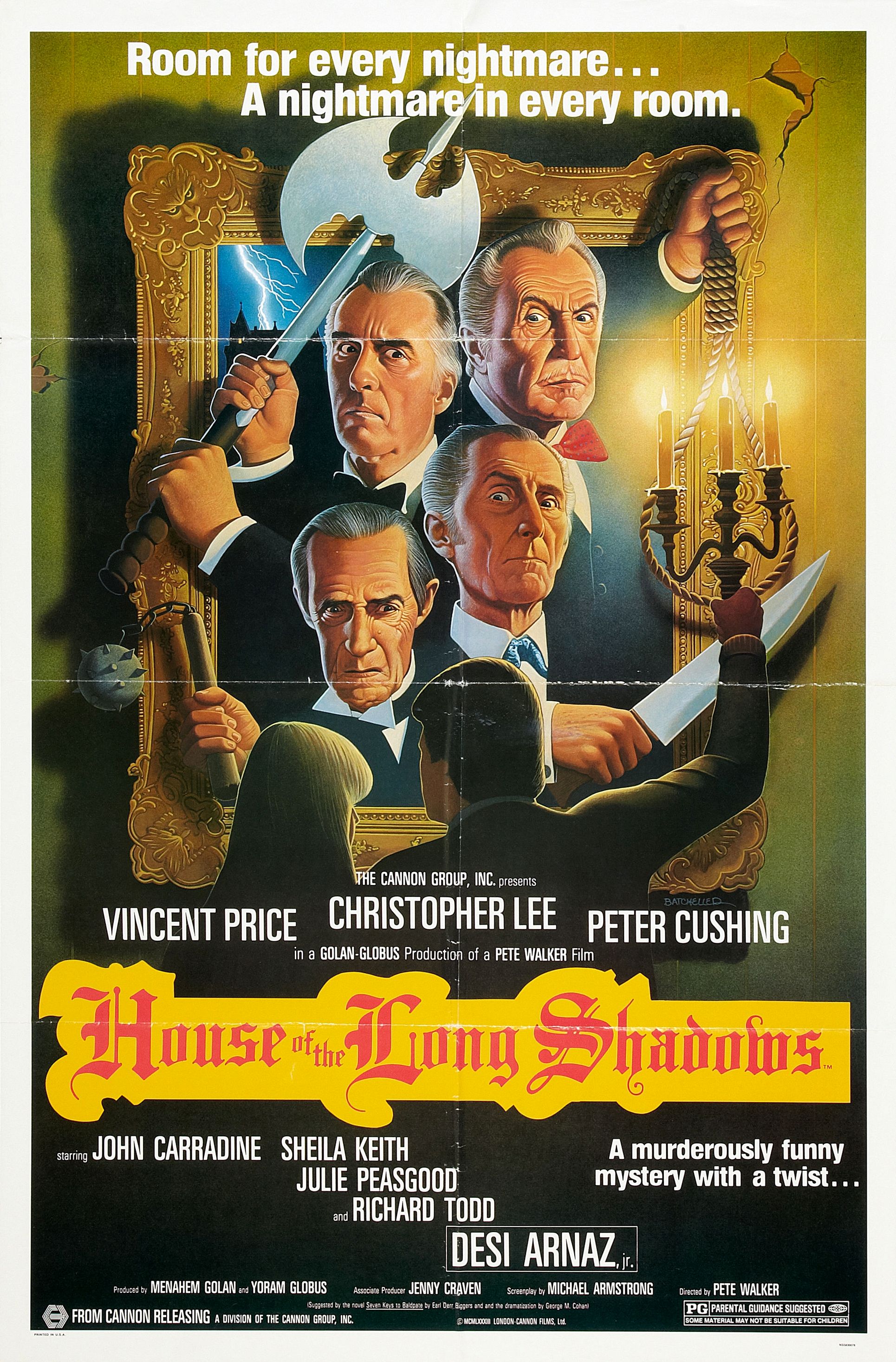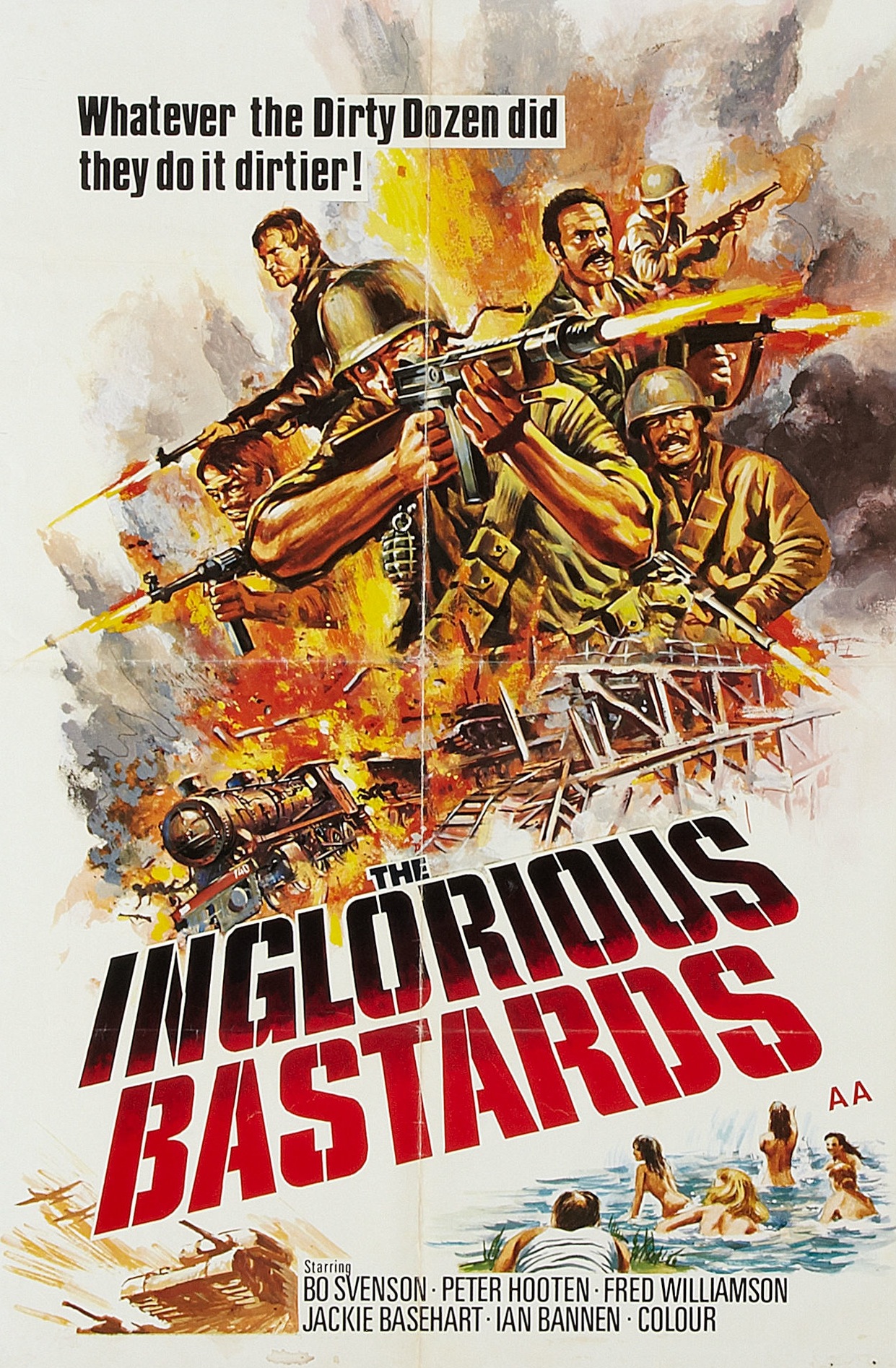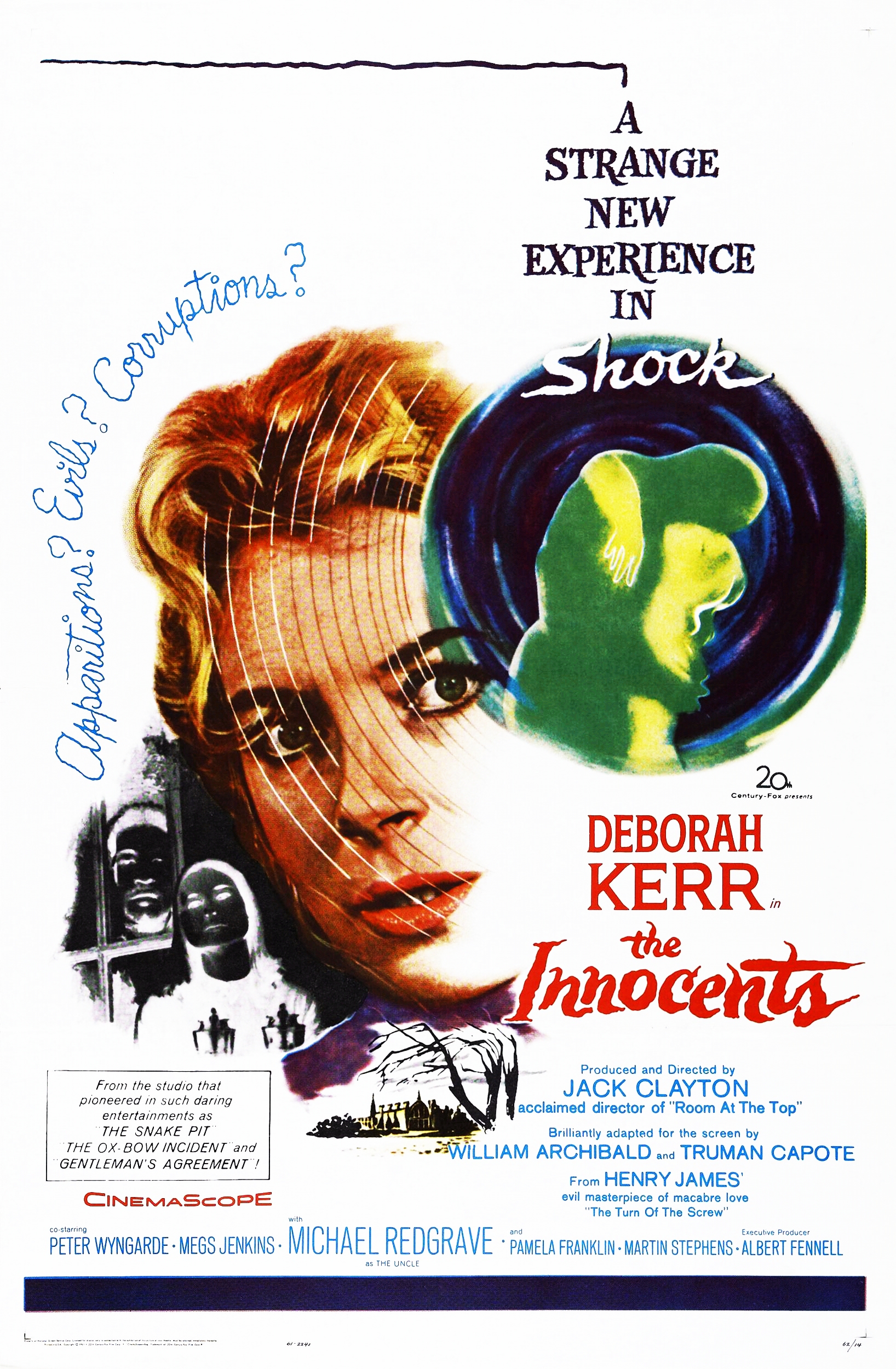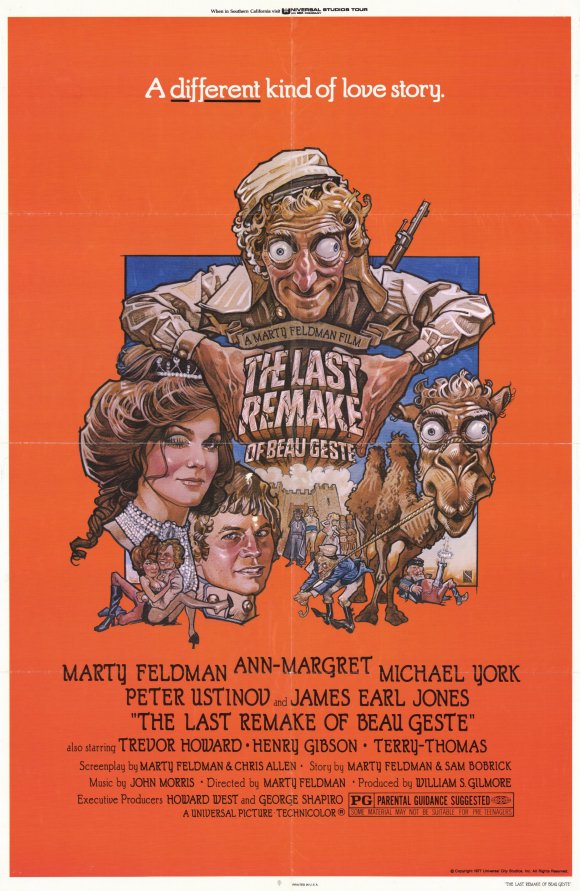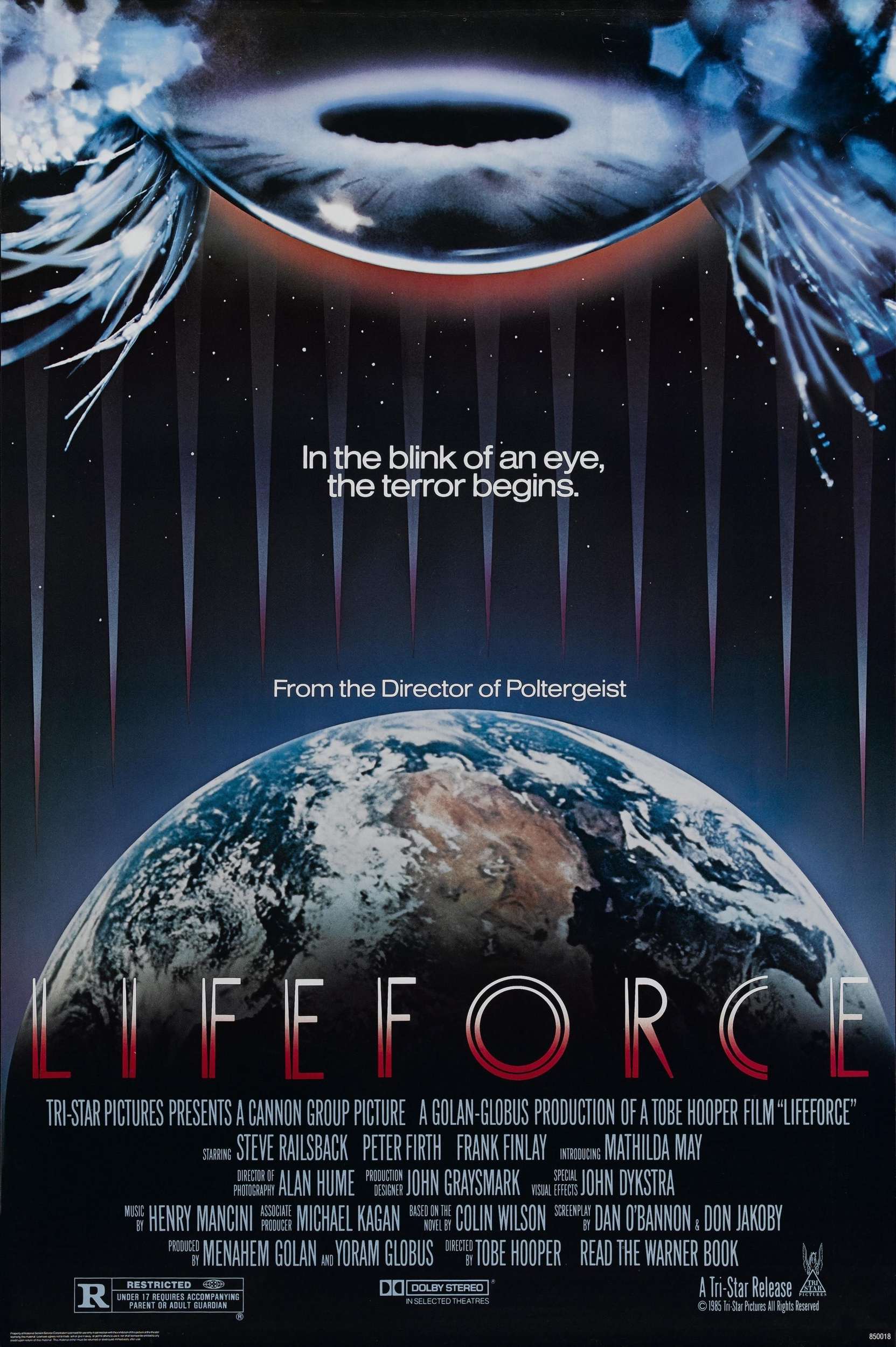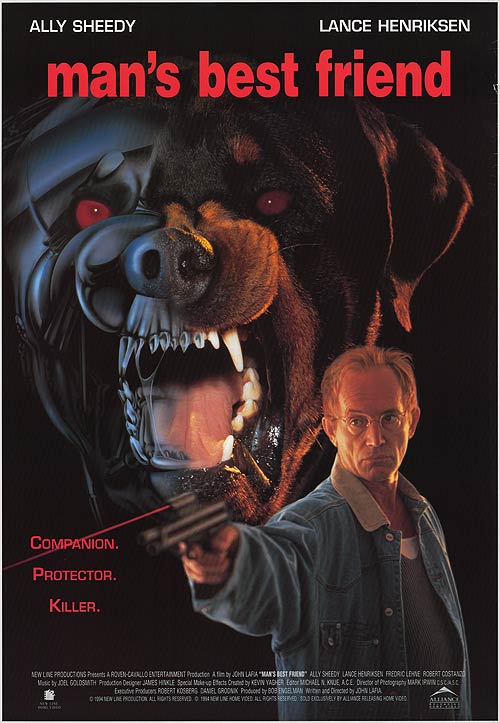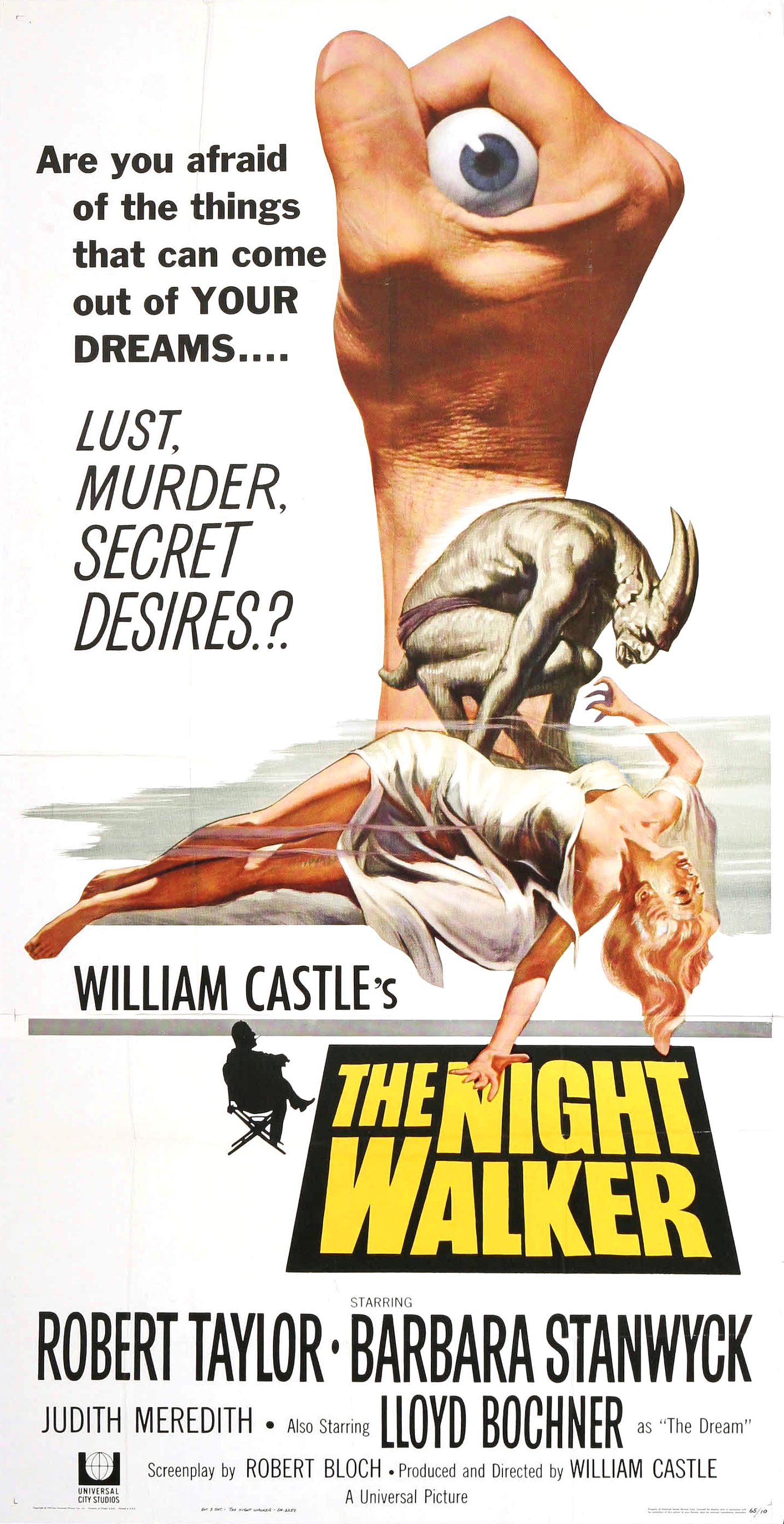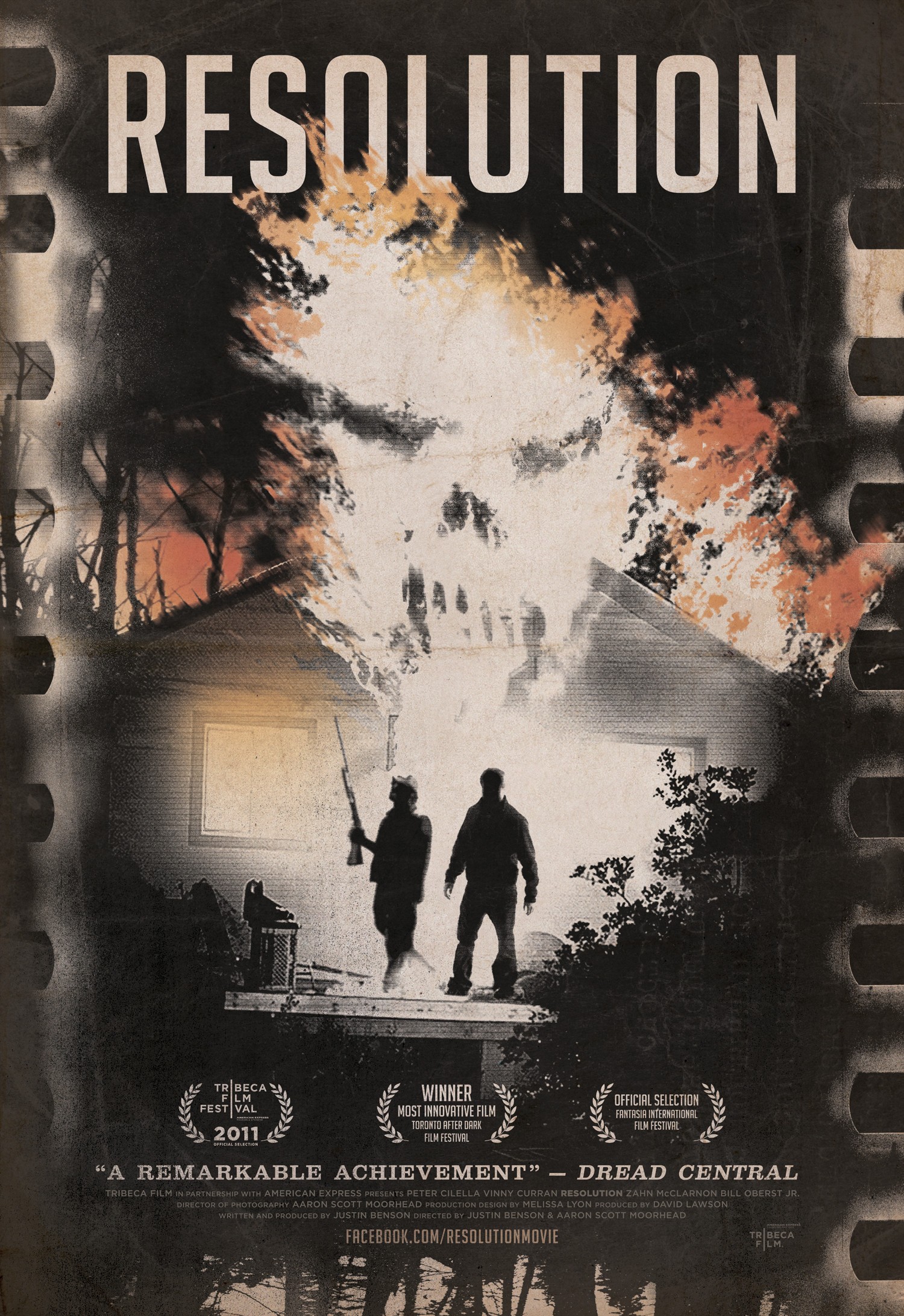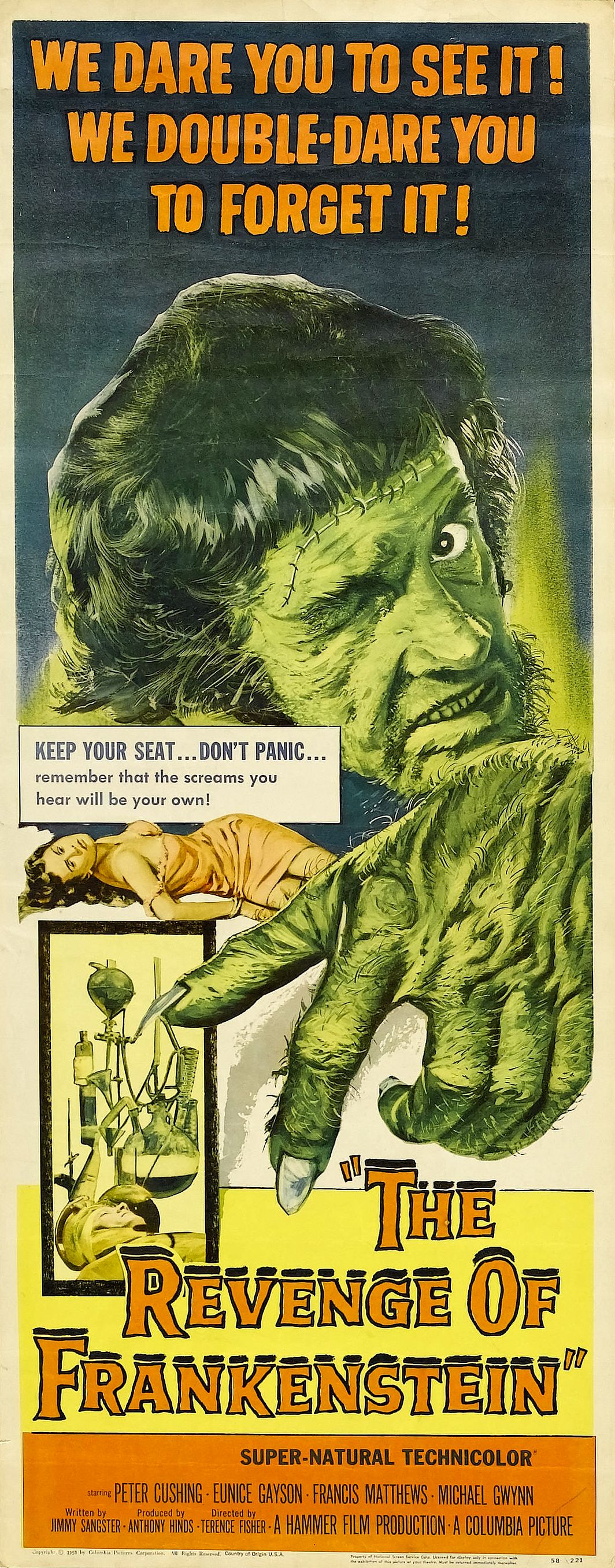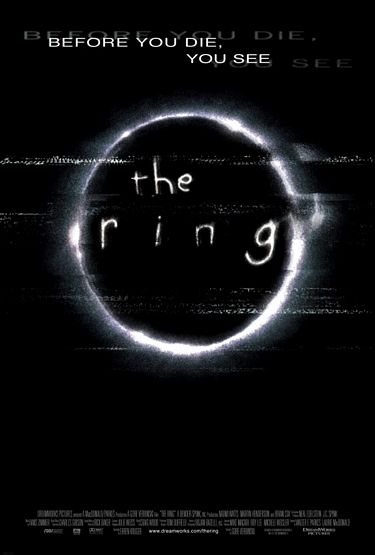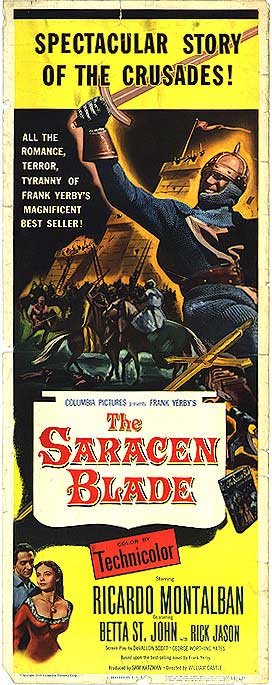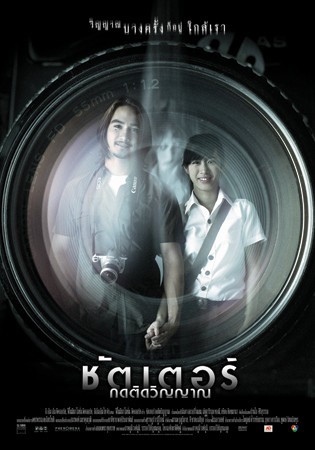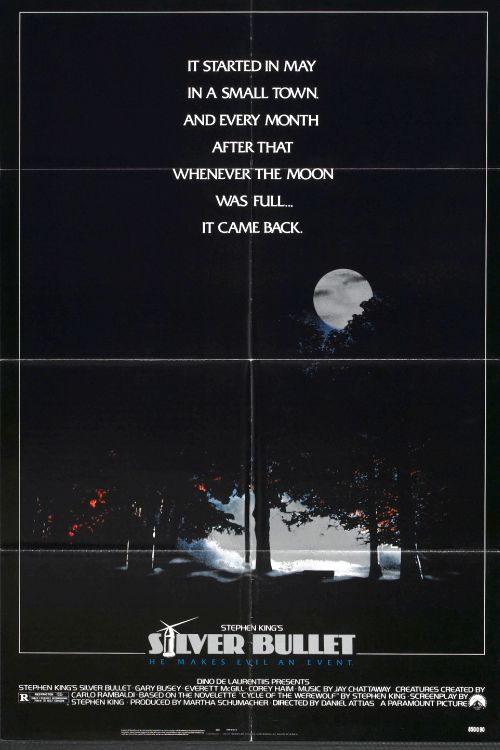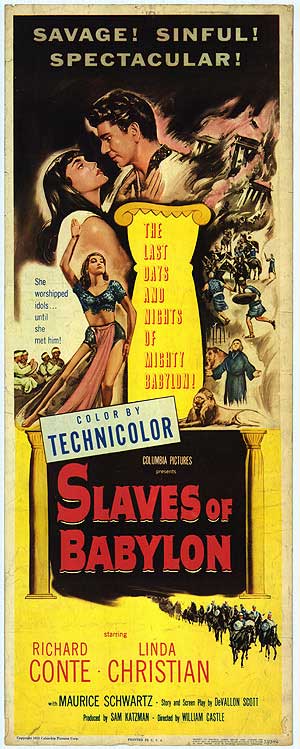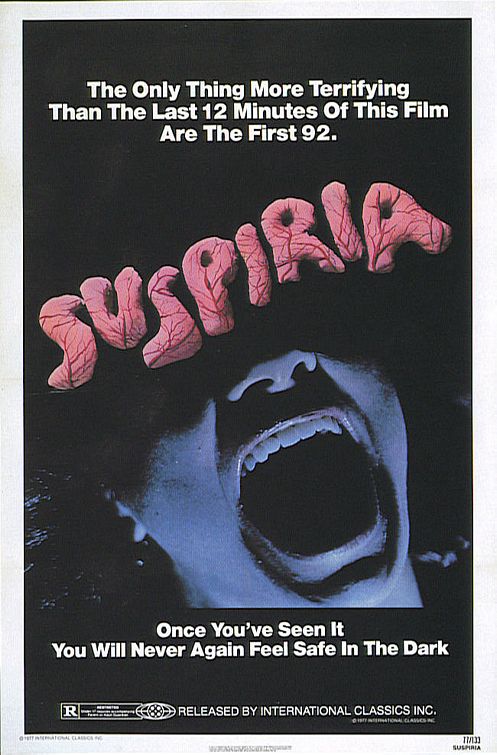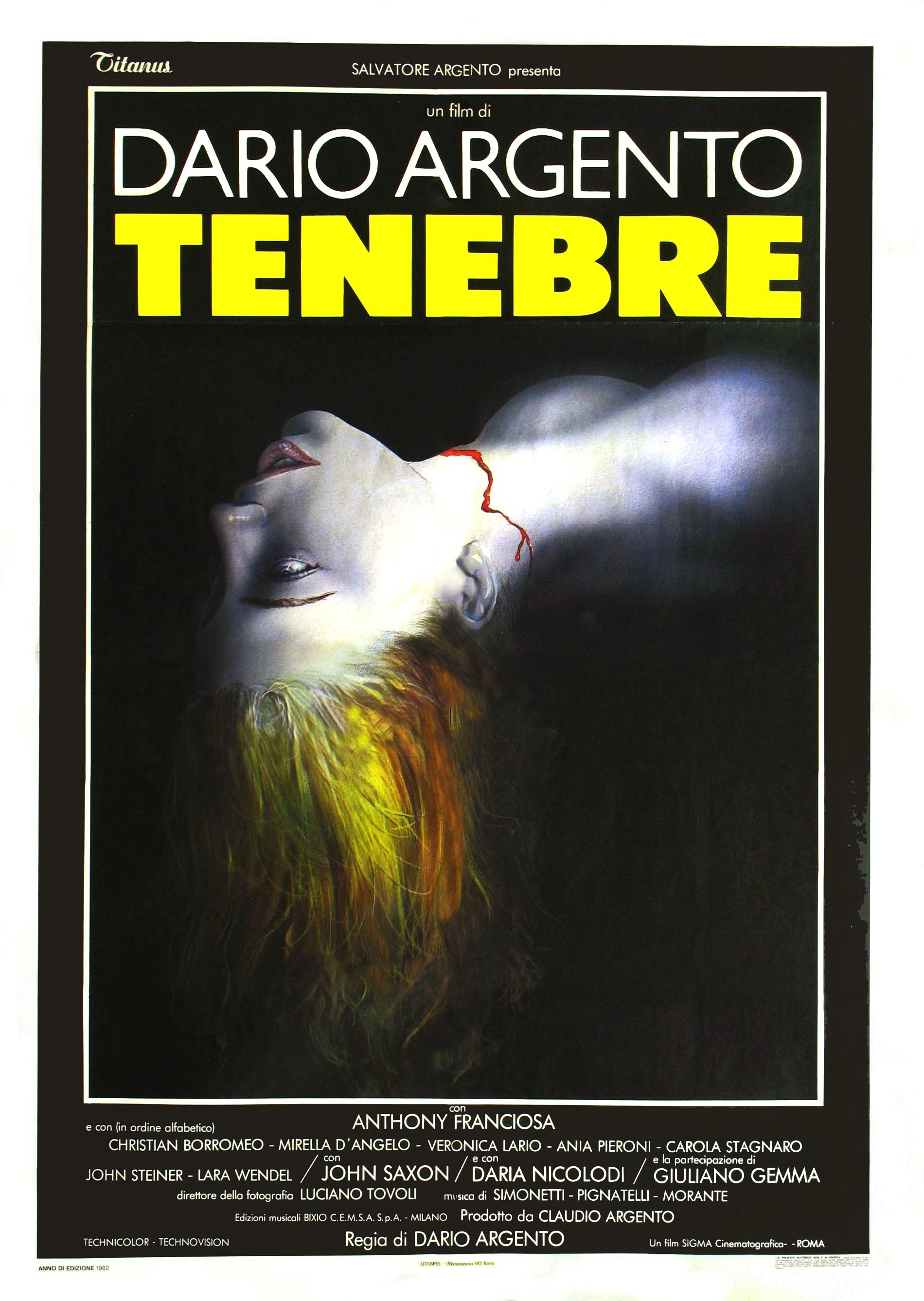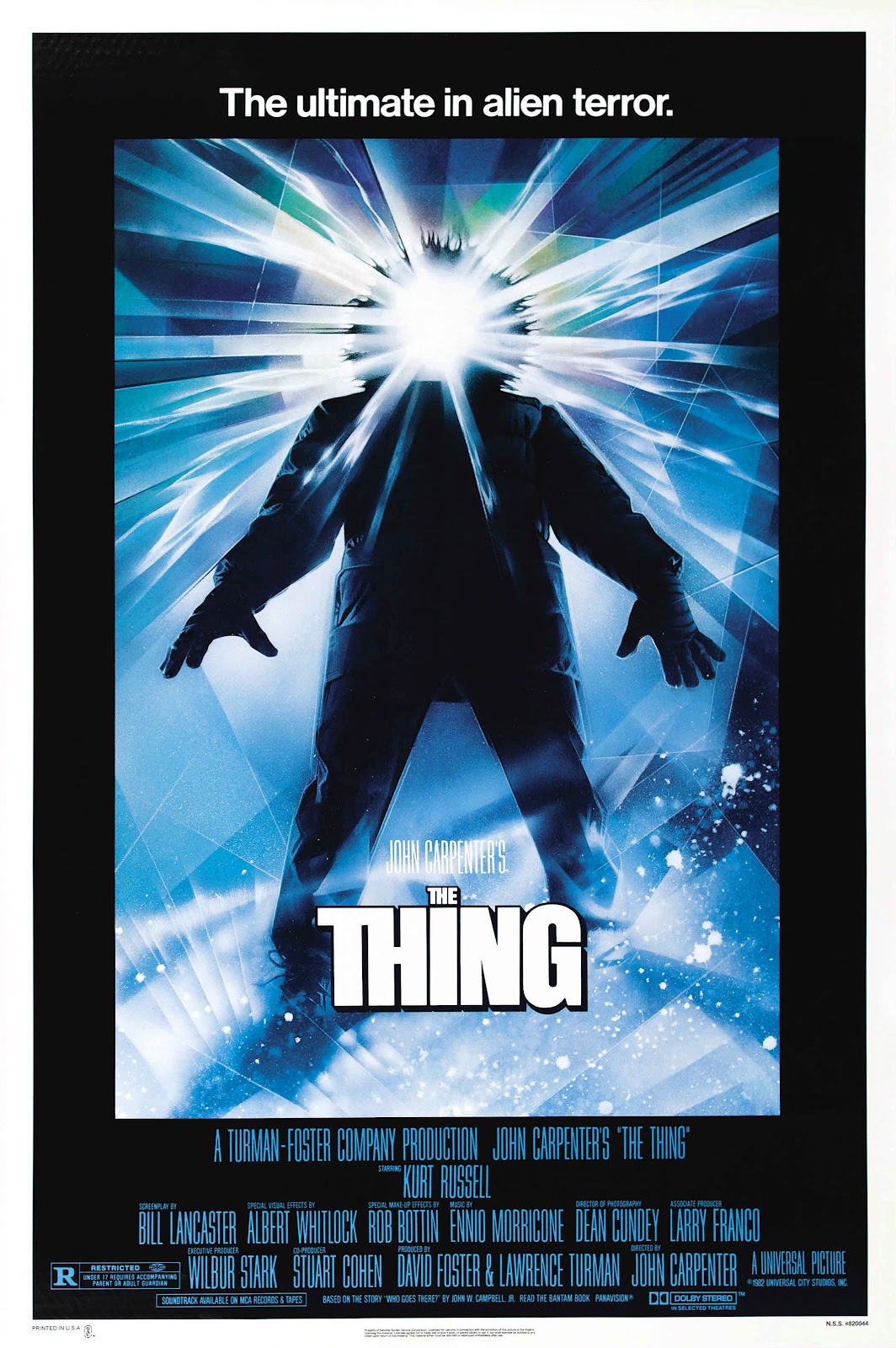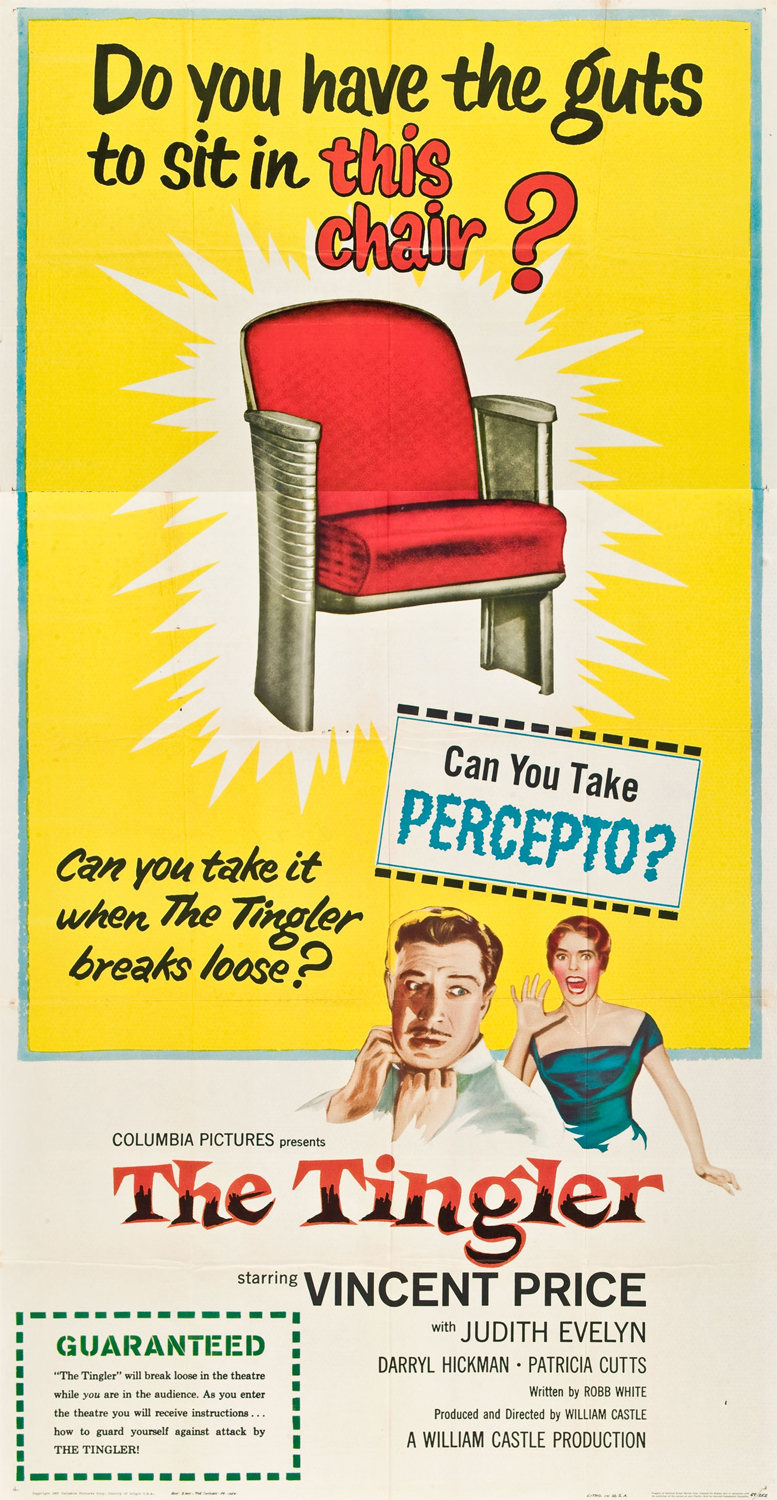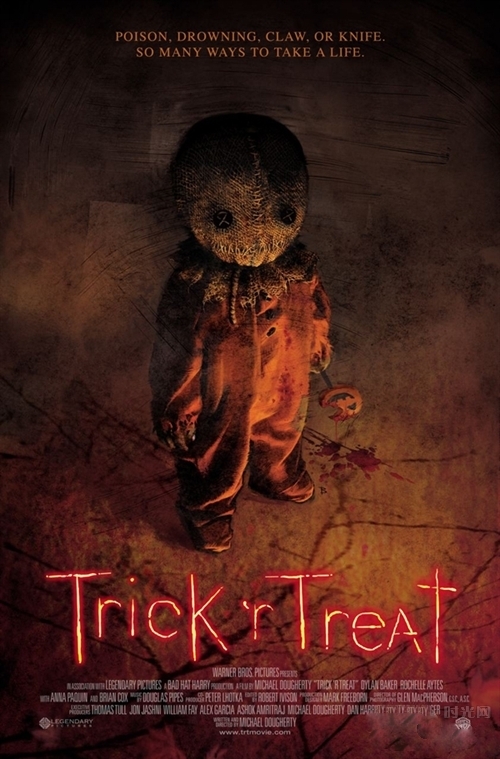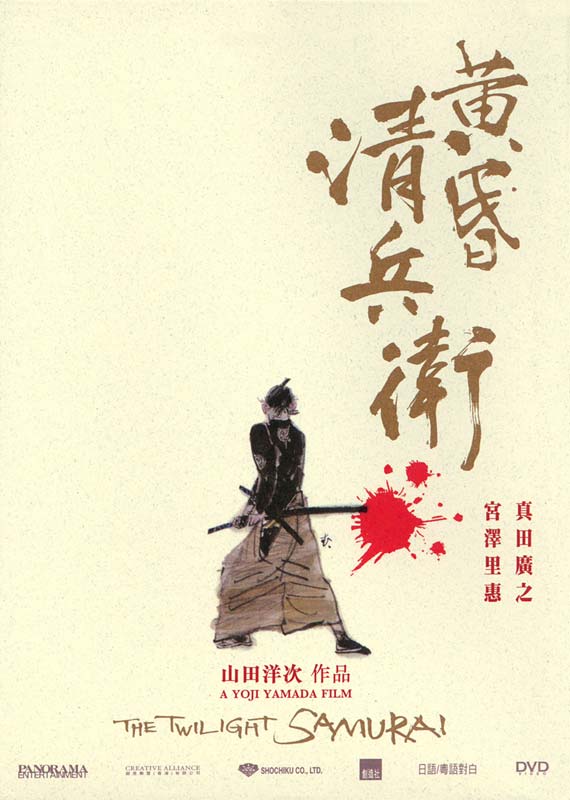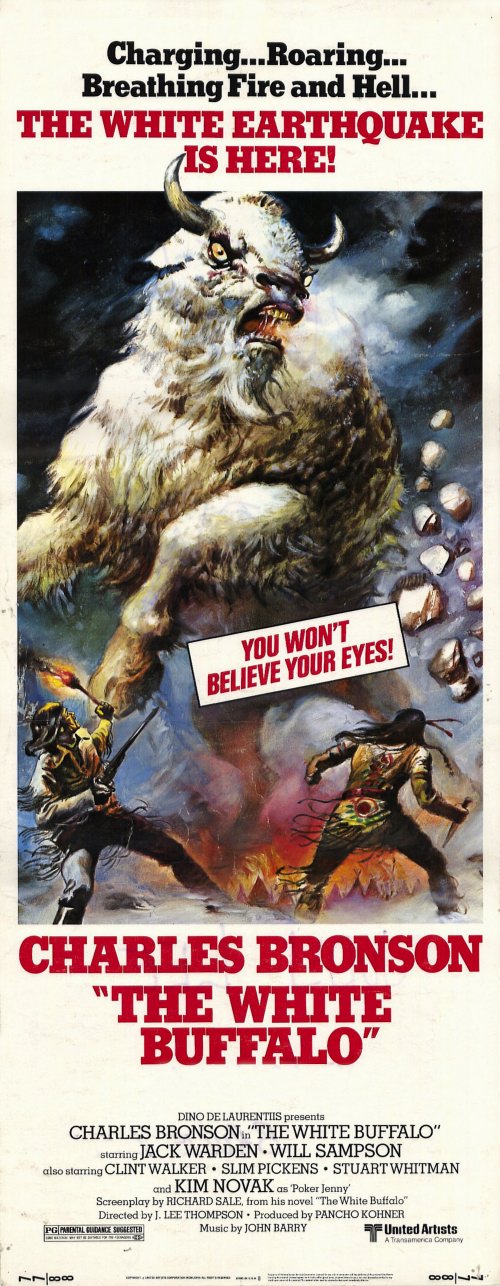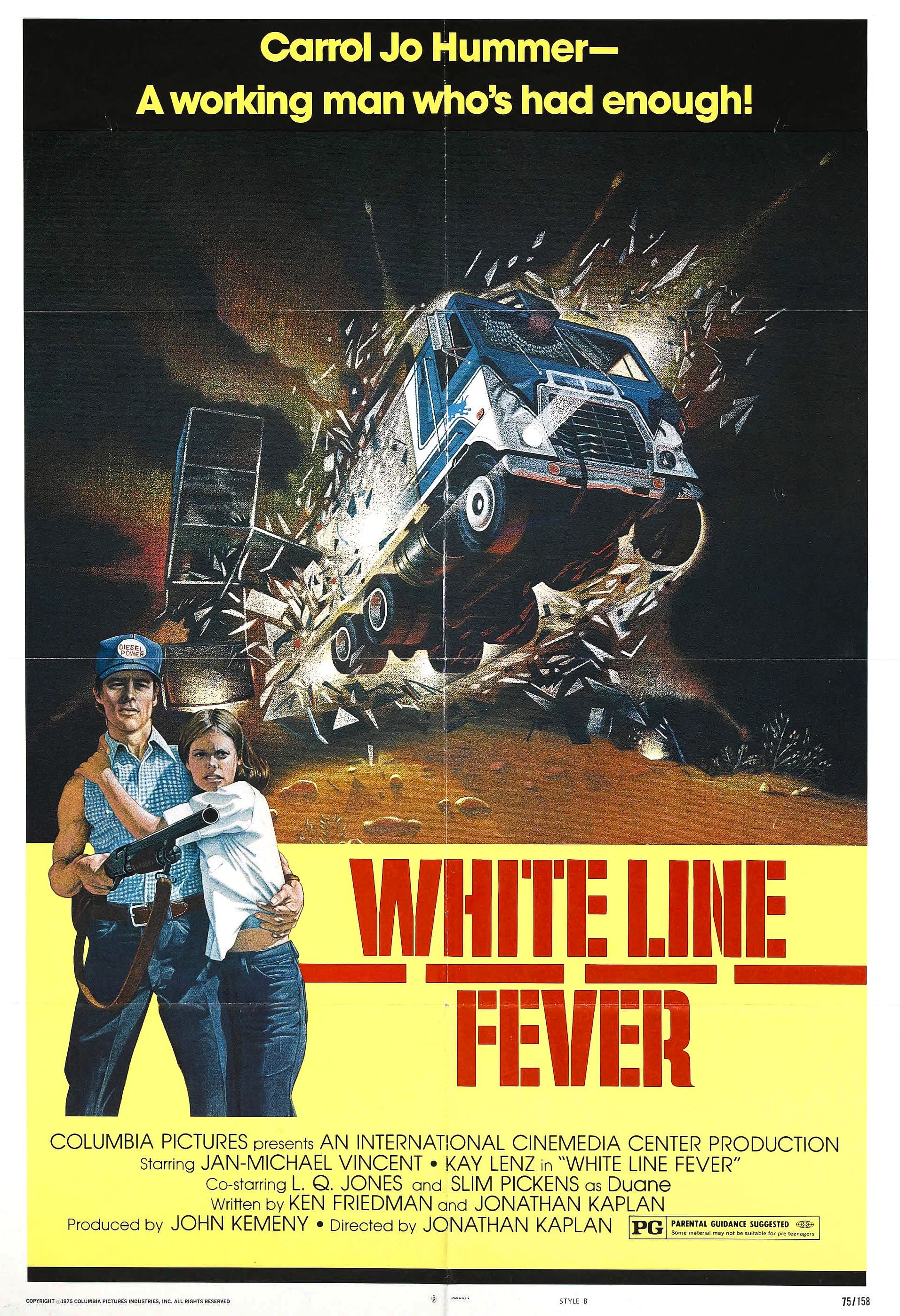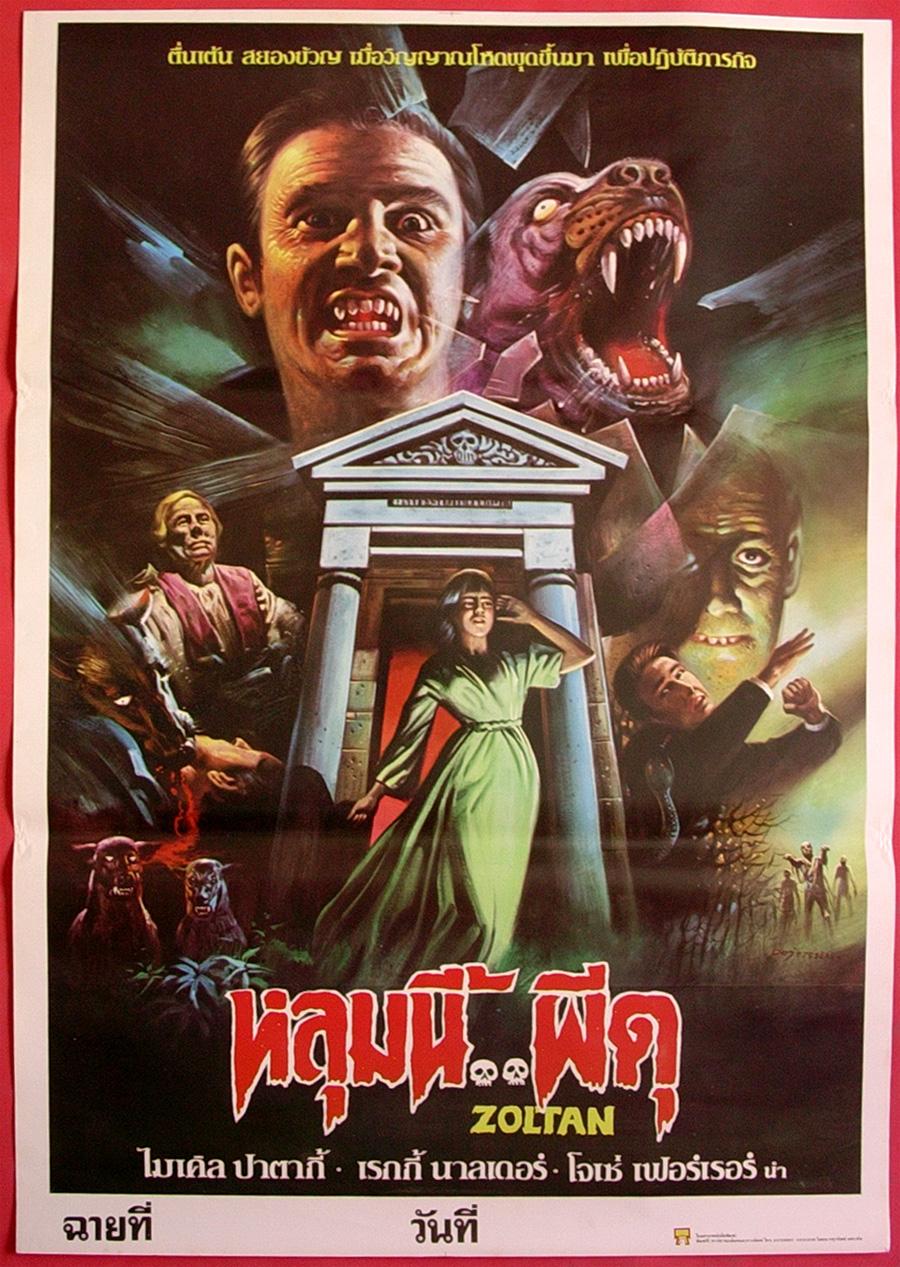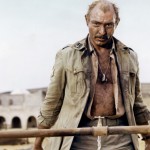
Okay, I’m going to confess something that may undermine what little credibility I might have as a film blogger. I don’t like John Wayne. I like his movies even less. This iconoclastic opinion has threatened to end friendships. I’m usually forced to steer the conversation back towards classic film icons I do appreciate and adore, like Humphrey Bogart, James Cagney, and Jimmy Stewart.
For largely this reason alone, I spent most of my youth under the mistaken impression that I didn’t like war movies or westerns, since John Wayne was all over both, especially in anything that ran on a Turner cable network. Long before I had ever heard the term “spaghetti western,” I discovered Clint Eastwood and his “Man with No Name.” Now, here was a western anti-hero I could wrap my mind around.
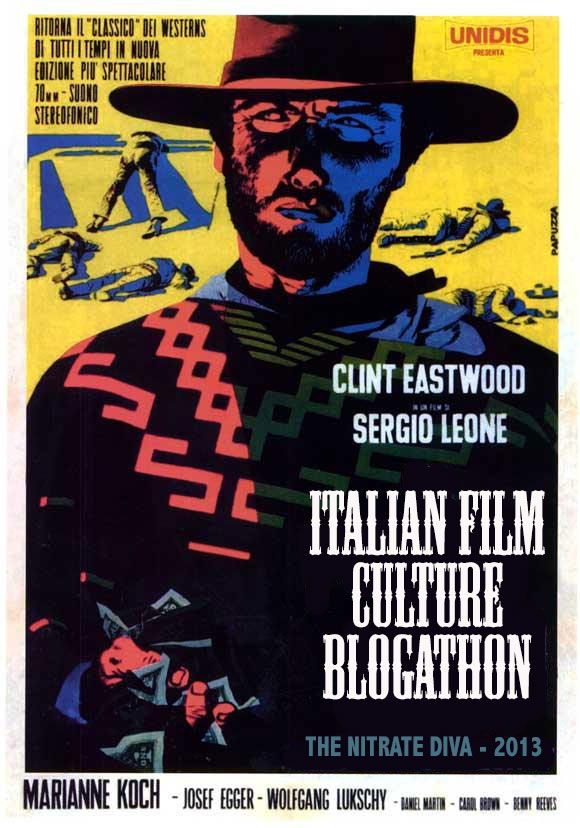
Click above for more of the Italian Film Culture Blogathon 2013 hosted by The Nitrate Diva
The Duke’s movies always felt trite and condescending to me. It was like a grown man telling me that if I didn’t eat my peas then Santa Claus wouldn’t bring me presents. I wanted to shove him into a muddy ditch with flag in hand. Sergio Leone’s western characters didn’t wear white hats or black; their morality was colored in shades of grey. Imagine my surprise and joy to find this same ethic applied to the Italian war films of the same era, “macaroni combat” if you will.
In honor of “2013: Anno della Cultura Italiana, Year of Italian Culture” and the 2013 Italian Film Culture Blogathon hosted by the Nitrate Diva, let’s take a look at one of my favorite entries in the genre. Commandos (1968) stars spaghetti western icon Lee Van Cleef as MSgt. Sullivan, a soldier haunted by the war that threatens to break his mind, body, and soul. If the dreaded Afrika Korps doesn’t kill him, there’s a good chance Captain Valli (Jack Kelly) might, either by malicious intent or sheer incompetence.
WARNING! The screen shots in this post are press photos and not actual screencaps from the film. They are a suggestion of scenes rather than a genuine representation of what was filmed. Most prints are so murky that you’ll never see the film remotely this clear. Mine looks like it was filmed through a fish tank.
Commandos (1968)
Commandos is based on a short story by Israeli Roger Corman understudy Menahem Golan. Golan had cut his teeth as a production manager/assistant director/production assistant on Corman’s The Young Racers (1963) alongside a little upcoming director named Francis Ford Coppola. For Commandos, Golan’s story got some spit and polish from screenwriter Dario Argento just before his big break, director Armando Crispino, and Stefano Strucchi. Director Crispino had only two directing credits under his belt before helming Commandos, the Gina Lollobrigida comedy Pleasant Nights (1966) and the spaghetti western John the Bastard (1967).
October 1942
On the eve of the American landings in North Africa,
A secret American commando base,
Somewhere in the Mediterranean.
MSgt. Sullivan begins by briefing his commandos on their cover identities, that of Italian fascists from Brescia in the shadow of the Alps. This provides ample excuse for an opening credits sequence largely composed of stock footage being viewed by the titular commandos. They are also shown footage of their new “allies”, Erwin Rommel’s infamous Afrika Korps.
The arrival of untested Captain Valli doesn’t exactly fill Sullivan with confidence. “There’s a machine in the brass department. It’s designed to screw Sullivan.” He greets Valli with a mocking Nazi salute, then tries to play it off as part of his cover while only reluctantly taking the offered handshake. Sullivan has good reason to be wary. Valli replaces Lt. Freeman, a man Sullivan and his pal Dino grew close to during the grueling Battle of Bataan in the Pacific Theater, with the three of them being the only survivors from their unit.
Lobby Cards for
Commandos (1968)
(click to enlarge)
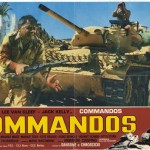
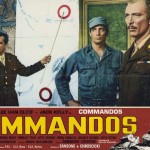
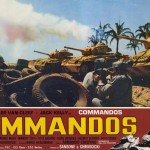
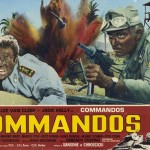
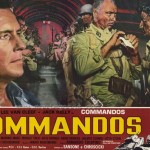
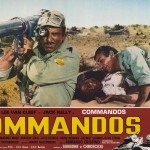
Jack Kelly (Forbidden Planet, Maverick) plays Valli as straight as an arrow, all smiles, sunglasses, and starch, stiff as a flagpole. He’s clearly educated and bright, but also has no battle experience, and is unused to leading men of action. This becomes apparent as Sullivan awkwardly introduces Valli to the team and vice-versa. These men were chosen because of their Italian heritage and special training, but Valli is surprised to find some are actually Italian-born with an oblique reference made to Chicago mob ties.
Afterwards, Valli tries to allay some of Sullivan’s fears in private. To say it goes poorly is a grand understatement. Sullivan puts down his drink and tries to hear the captain out, but the booze has already done its damage and he’s beyond surly. Valli may know his plan “exactly, right down to the last detail,” but Sarge knows firsthand how worthless plans are in the face of the enemy.
“Exactly? What the hell do you know about ‘exactly’? You got a lot of bright ideas, Captain, but do you know what killin’ is? Exactly? With these? (jazz commando hands) Or with this? (draws a commando knife) You stick the knife in his throat or gut and twist, and you’ve got to hug him tight because if he gets loose he might get away before the job’s done. Do you know what blood smells like, Captain? It’s a hot smell. And you can get things messed up, too, Captain, because most men die hard. But how the hell would you know? Exactly.”
Lee Van Cleef’s aggressive body language and post-production dubbing go far beyond mere chewing up the scenery into full on over-the-top awesome that leaves nothing standing in its wake. It’s like an F-5 of testosterone-driven machismo. Wait until his character meets the enemy!
The next day, Valli gives our mission briefing in front of a ludicrously large map. Sullivan and Valli take a moment to clarify that they will take no prisoners and that they will have to preserve their cover identities at all costs. Their German “allies” will be just a short distance away.
On the night flight to the oasis, Sullivan spots a commando with a picture of his sweetheart. He takes it away, examines it, then rips it into pieces in what seems, at first, to be a moment of pure churlishness. When Valli and others get upset, Sullivan points out the trademark for Empire State Photographers, a dead giveaway that they’re Americans.
Parachuting in and approaching the target oasis goes surprisingly well. There’s some classic commando cliché from burying their parachutes to snipping barbed wire to silenced pistols.
One enemy soldier takes a moonlit stroll for a cigarette, unable to sleep on account of the oppressive heat, and avoids the carnage. This will become important later.
Valli and Sullivan personally secure the radio room to prevent any calls for assistance. During the raid, we get our first glimpse that all is not well with MSgt. Sullivan. He goes all thousand-yard stare, and we see a flash of fire from his perspective. When asked what’s wrong, a guilty “nothing” is all he can muster as he pulls on his gloves for the dirty work of killing men in their sleep.
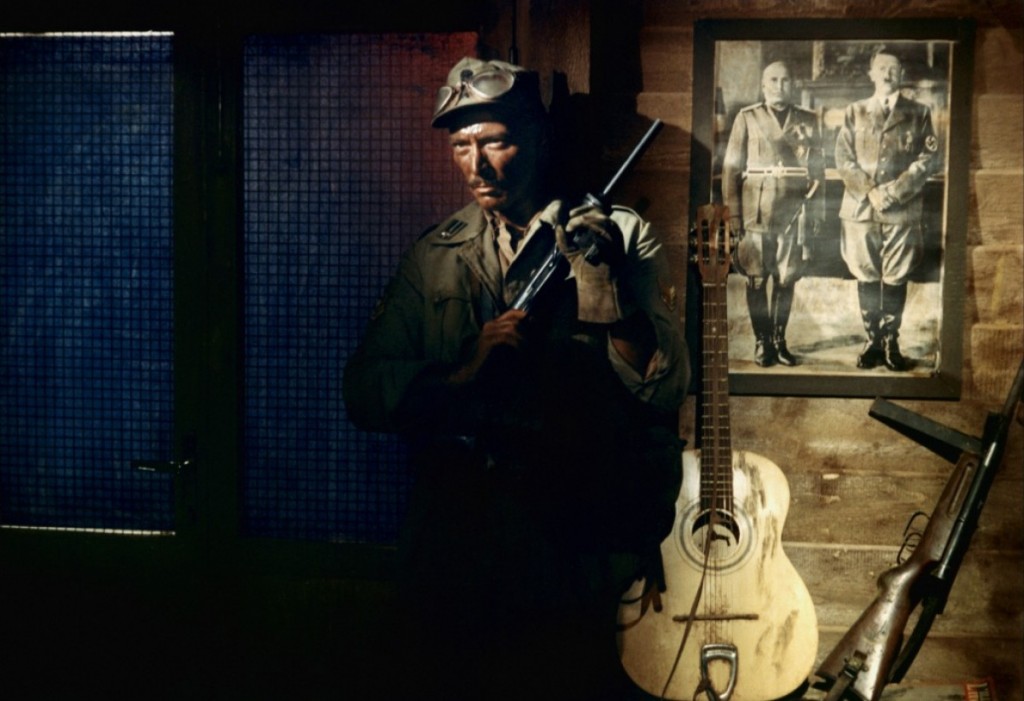
Press Photo for Commandos (1968) with Lee Van Cleef
They’re briefly interrupted by a watchman rousing some men for shift change. Sullivan and Dino take care of that with some thrown commando knives to the back. Clearly, this ain’t their first rodeo.
Meanwhile, our cigarette-smoking insomniac stumbles upon one of the murdered sentries and instead of raising the alarm, heads to the garage for a rendezvous. He and his comrades try to roll out, but are spotted, identified as visiting Germans, and gunned down. So much for silence and stealth. An all-out firefight ensues in which Valli grows a conscience and stops Sullivan from executing unarmed prisoners out of hand. Valli even “shoots down” Sullivan’s very practical suggestion of using the Italian prisoners as cover to take a couple of machine gun nests. Instead, they’re forced to waste a precious bazooka shell.
They soon find out what the machine guns were so desperately defending when they kick in a door and find the deliciously scandalous Marilù Tolo clutching a pillow. By 1968, Tolo was already a veteran of many peplum and Eurospy films, with a few spaghetti westerns thrown in for spice. Here, she’s the last working girl standing and didn’t leave with her erstwhile business partners, choosing to corner the market instead. Square jaw that he is, Captain Valli immediately puts her on lock down.
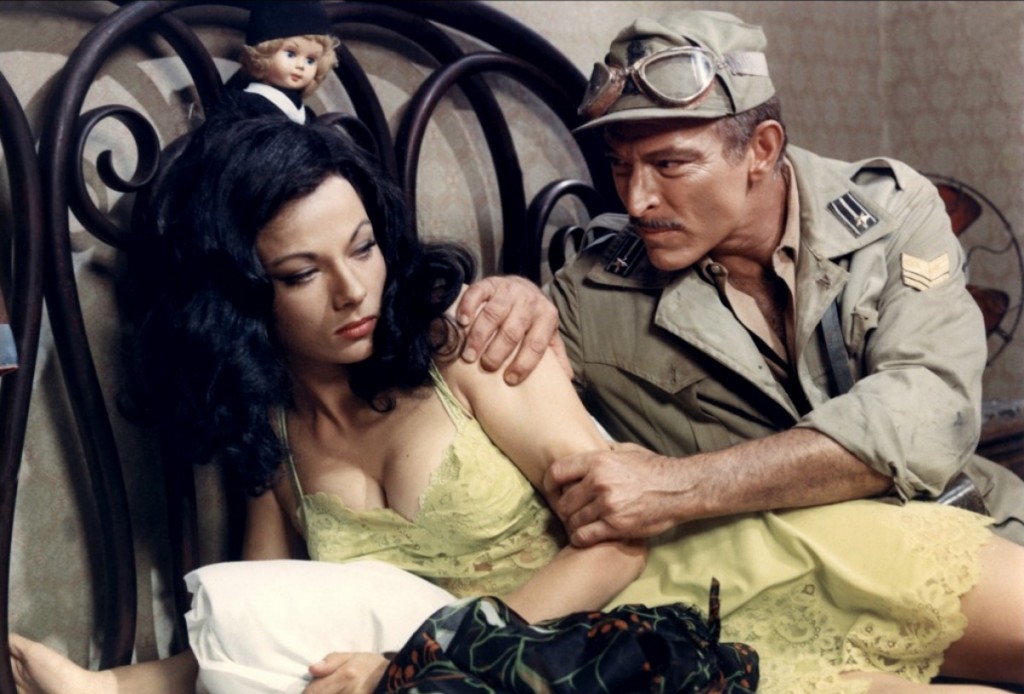
Press Photo for Commandos (1968) with Marilù Tolo and Lee Van Cleef
Valli has questions for his prisoners, most notably Lt. Tomassini (Marino Masé). Question # 1 is “What were those three Germans doing here?”, and one of the other prisoners can’t help but point out that there were four, and one of them must have gotten away. This drives Sullivan crazy which, in turn, makes Tomassini clam up. Valli plays his trump card. If Tomassini won’t cooperate, then all of his men will be summarily executed. Conscience only goes so far.
Marino Masé is almost slumming here as the captured officer, having previously appeared in Luchino Visconti’s costume period epic The Leopard and Jean-Luc Godard’s The Carabineers, both in 1963, with the lead role in the latter. Still, he was no stranger to genre fare, having appeared in the peplum Goliath at the Conquest of Damascus and Nightmare Castle, both in 1965 and both alongside the incomparable Helga Liné. He even got some commando experience in the short-lived CBS television series Jericho (1966), in which he played a French weapons expert on the side of the Allies.
With the lives of his men in jeopardy, Lt. Tomassini has no choice but to answer the question. The Germans were mining the well and they were expected to leave this morning. That puts a definite time limit on Valli’s little take and hold operation.
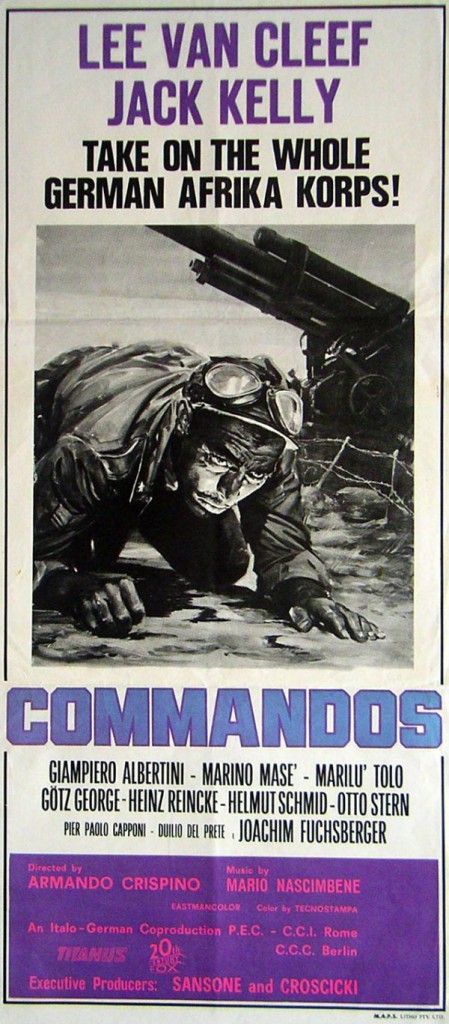
Movie Poster for Commandos (1968)
As if to hammer home the danger, we immediately cut across the desert, where the Afrika Korps are rolling around in their Panzers (actually Italian and American tanks, but I’m not going to take them too much to task for that; Crispino’s no Spielberg). Here, we’re introduced to Oberleutnant Heitzel Agen, “The Professor”, (Joachim Fuchsberger). Agen is fatigued by being in the rear with the gear, and his men jokingly compare him to the “Desert Fox” himself, Erwin Rommel. There’s clearly some tension between the aristocratic “Professor” and his working class troops, “the field promotion type” as he disparagingly refers to one.
The story of Joachim “Blacky” Fuchsberger is almost more interesting than the film itself. Billed here as Akim Berg, he was an honest-to-goodness(?) Hitler Youth, recruited as an elite paratrooper and shipped off to the Eastern Front at 16. Joachim was wounded and captured by the Red Army and spent time as a prisoner of the Soviets, British, and Americans.
After the war, he worked as a coal miner and an engineer, as well as in advertising and radio. He tried a bit of acting, but really hit his stride in Krimis, German adaptations of mystery stories written by Edgar Wallace. Joachim appeared in the first, Face of the Frog (1959), and would go on to make a dozen more through 1972.
In the early 1960s, he talked producer Horst Wendlandt out of accepting film rights from Ian Fleming, thinking it too expensive to transition from black-and-white Krimis to a full color exotic spy film. Joachim had been Wendlandt’s pick to play Fleming’s spy character “James Bond”. For his part, Fuchsberger isn’t bitter and is still acting as of this writing.
Meanwhile at the oasis… The Italian water trucks show up, and it’s time for charades. Everyone act natural.
End Act I, right at about the 30-minute mark.
Complications predictably ensue. A kicked soccer ball keeps Lt. Tomassini from turning an invoice into a rescue note, a commando intercepts a horny Italian with his heart and wallet set on visiting Adriana, and the missing fourth German is too wounded from his cigarette break slash firefight to raise much of an alarm.
In the radio room, they find out the Germans are on their way for dinner. Adriana is “encouraged” to drink herself unconscious. To keep him from losing his cool, Sullivan is put in the attic to observe through a knothole in the floor.
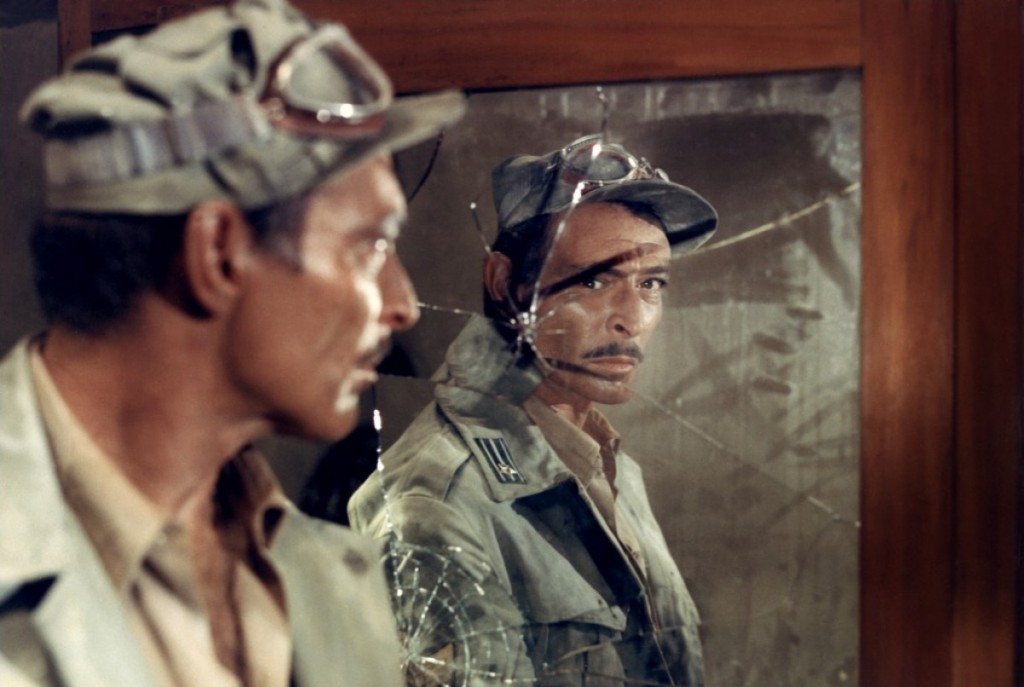
Press Photo for Commandos (1968) with Lee Van Cleef
“Professor” Agen meets Captain Valli for the first time and seems pleased to make his acquaintance, happy to break bread with a fellow officer. Oberleutnant Rudi immediately wants to know where his engineers are. Lt. Tomassini tries to convince them that they have already left, and Valli even jokes that they may have gotten lost or deserted. This only serves to infuriate their commander, who trained them himself, and Agen has to calm Rudi down.
During their dinner conversation, we learn that “The Professor” was an entomologist before the war, and he seems wistful about those bygone scholarly pursuits. Captain Valli and Agen bond over quoting Goethe. Sullivan, rattled about Germans wandering around unchecked, interrupts and almost blows their cover.
This whole sequence reminded me of the “Twenty Questions” scene in Quentin Tarantino’s Inglourious Basterds, especially the brief cut to Sgt. Hugo Stiglitz gritting his teeth to keep from choking the Nazi officer to death while haunted by his own personal flashback hell just like Sullivan. Given his pedigree, it’s hard to imagine Tarantino was not influenced by Commandos.
Sullivan goes out alone for some air and to clear his head of Bataan flashbacks when he runs afoul of our missing engineer. He dispatches him with a gunshot, but that draws everyone out from their spaghetti dinner. After an awkward pause, someone takes credit for shooting at a jackal. “Professor” Agen jokes that he hoped it was commandos. The Germans depart, happy and none-the-wiser, taking us to…
End Act II, right at about the 60-minute mark.
Lt. Tomassini returns to his men, and we can see some distinct juxtaposition here as they are loyal to each other, unlike either Valli’s or Agen’s relationship with their respective troops. It’s escape time, and the ever popular “This guy’s sick” routine works like a charm. Soon, they’ve got guns and head out under cover of darkness. They steal a truck and sabotage the others with a little sand in the ol’ gas tank.
The transition here’s a little rough as morning comes in the blink of an eye. Tomassini and his boys find themselves pursued across the dunes by Valli, Sullivan, and the commandos in a salvaged truck. Sullivan warns that if they reach the Germans, it’s all over but the shooting.
The Italians get reckless and get themselves stuck in the sand. As they’re pushing with the commandos coming over the horizon, we get a great exploitation shot of one man getting caught under the wheels. Still, it gives them the traction they need to get out of their rut.
Close enough to shoot at each other, the chase is now in full gear. Even Valli loses his patience and executes a surrendering Italian with his sidearm. Dino takes a bullet just as the Italians drive into a mine field, and Valli calls for a halt. As Sullivan struggles to bandage his friend, an explosion in the distance indicates the final fate of Tomassini and the escapees. We get a glimpse of the truth, however, and see a critically wounded Lt. Tomassini crawl to his feet.
Even though the engineers have yeat to be found, the Afrika Korps is moving out to engage the Americans. Oberleutnant Heitzel Agen asks for permission to go fill up the water trucks at the oasis and bid farewell to his newfound friend, Captain Valli, over a bottle of cognac. After he leaves, Tomassini stumbles into the camp a bloody mess.
Just as Sullivan is burying Dino, a plane flies over, dropping a parcel. The note orders Valli and the commandos to move out as their mission has been scratched. Taking and holding the oasis was for naught. The commandos, used to this sort of behavior from the high command, take it all in stride, but Valli refuses to abandon his meticulous plans without confirmation via radio. Sullivan, enraged, takes charge with pistol in hand, insubordination be damned. “The Professor” and company arrive in time to prevent Sullivan from ending Valli’s commission with a bullet.
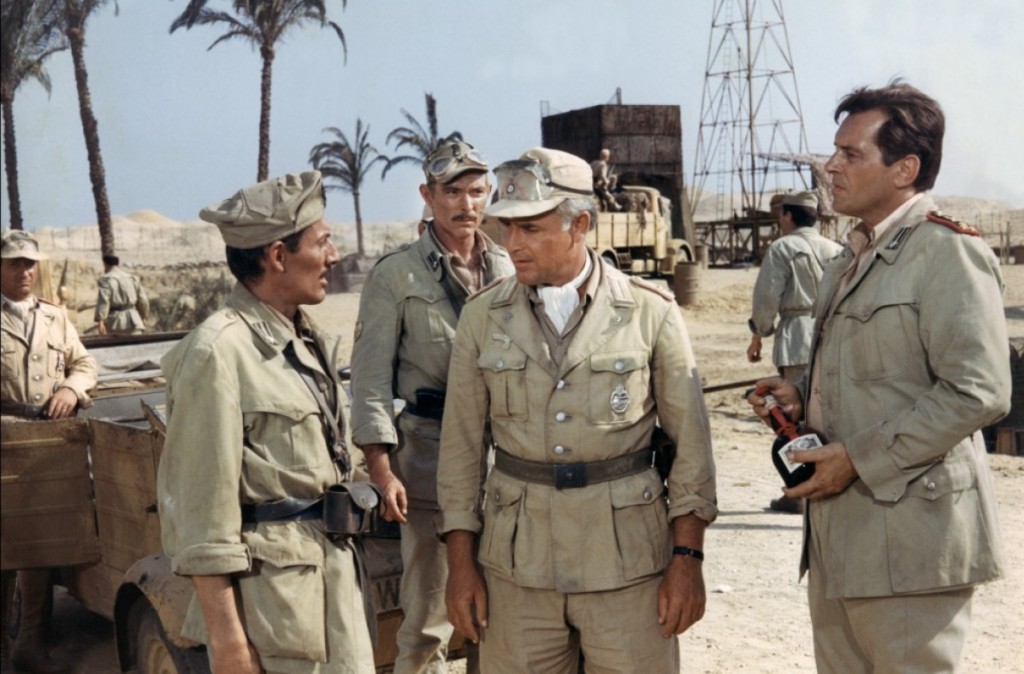
Press Photo for Commandos (1968) with Lee Van Cleef, Joachim Fuchsberger, and Jack Kelly
Agen inquires about the missing Lt. Tomassini, but is called to the radio room before getting even an improvised answer. With the headset on, “The Professor” is warned that Tomassini escaped from a team of American commandos and that he should hold tight until they can arrive with their tanks.
Now, it is Agen’s turn to bluff. He breaks into the cognac and shares a toast with Valli, thanking him for their pleasant dinner and camaraderie. Agen presses his luck by ordering Sullivan to drink with him, and Sullivan disobeys by dropping the bottle to draw his pistol, predictably causing all hell to break loose for our explosive finale.
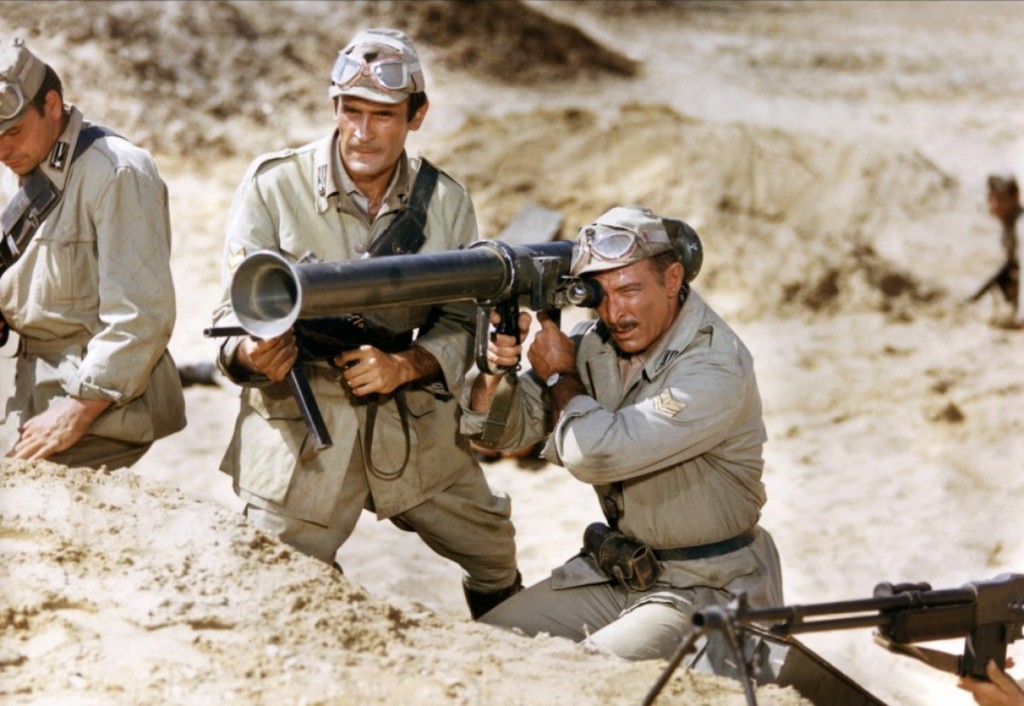
Press Photo for Commandos (1968) with Lee Van Cleef
Bazookas, tanks, dynamite, and even an anti-aircraft gun all come into play as the commandos fight for their lives and not much else. Agen finds he cannot kill his friend Valli, but Sullivan sure has no qualms about killing “The Professor”. The carnage is nearly absolute, and one has to assume that even Adriana buys the farm as the whole oasis compound gets destroyed.
In the end, with only a single unnamed soldier to a side left, they lay down their arms and set about burying their dead… together.
Finis.
War sucks. How delightfully Italian.
Check out some of the other contributions to the 2013 Italian Film Culture Blogathon. Here at WeirdFlix, I’m sure we’ll be cooking up some more “macaroni combat” real soon. Just be warned, “It’s a hot smell.”
